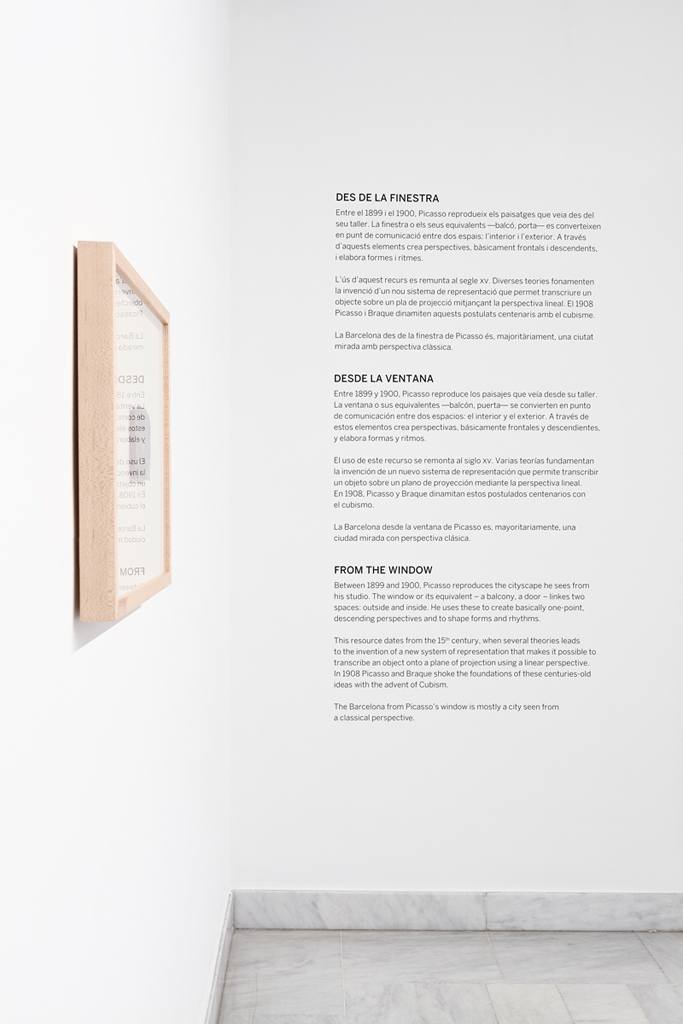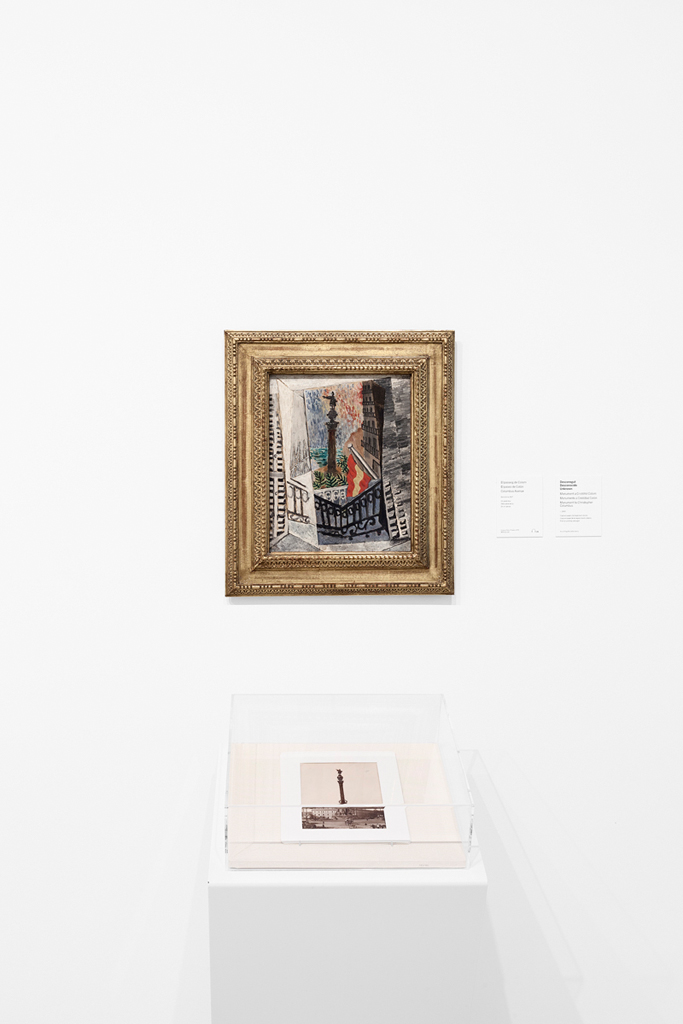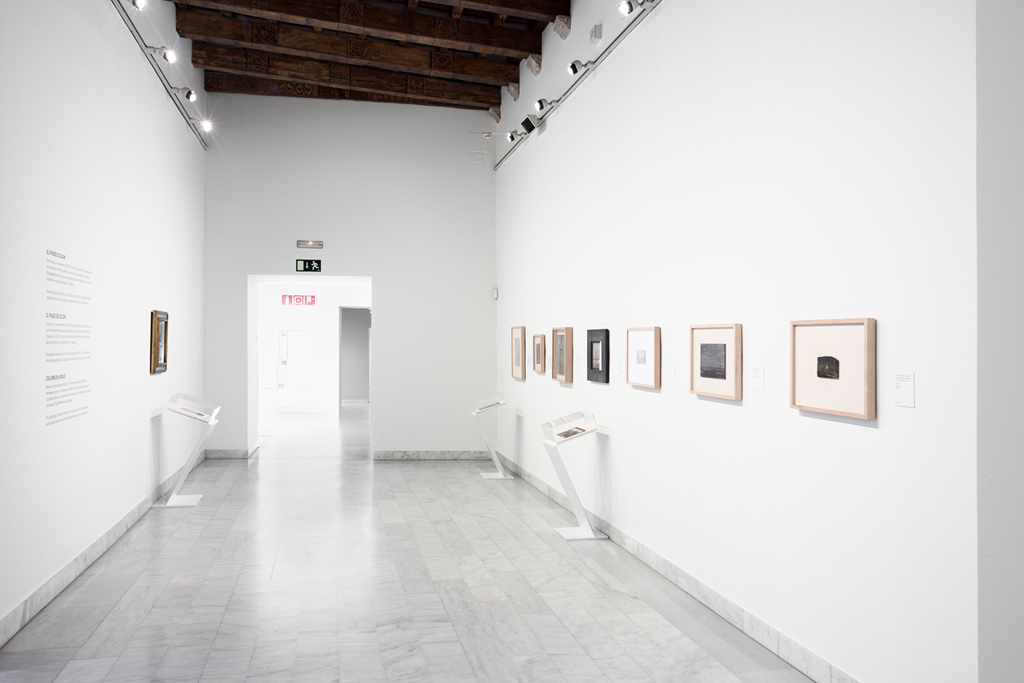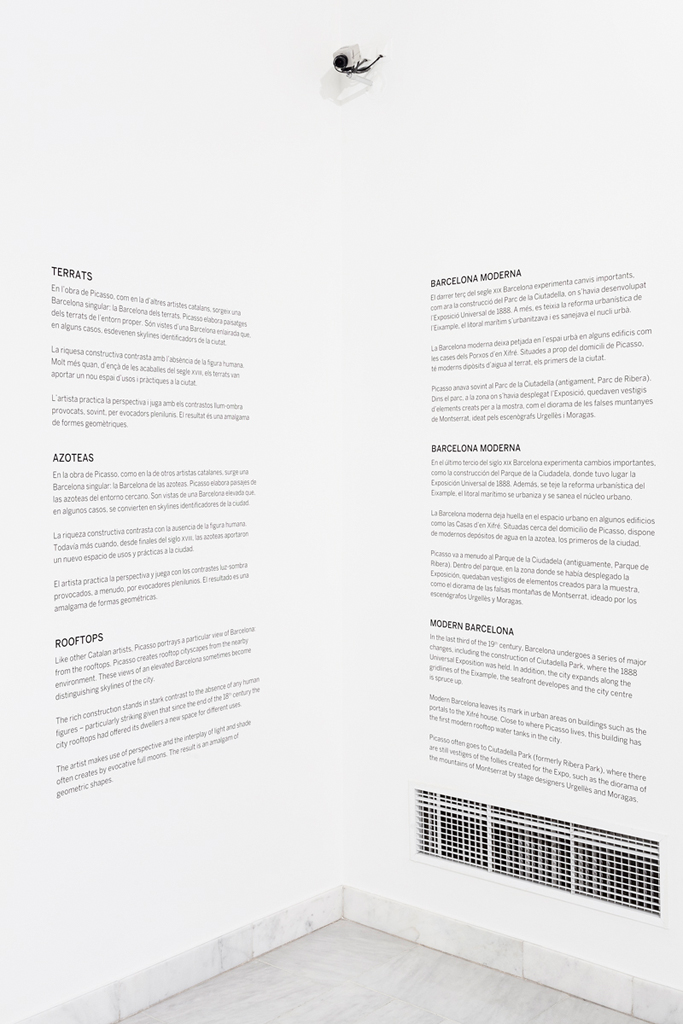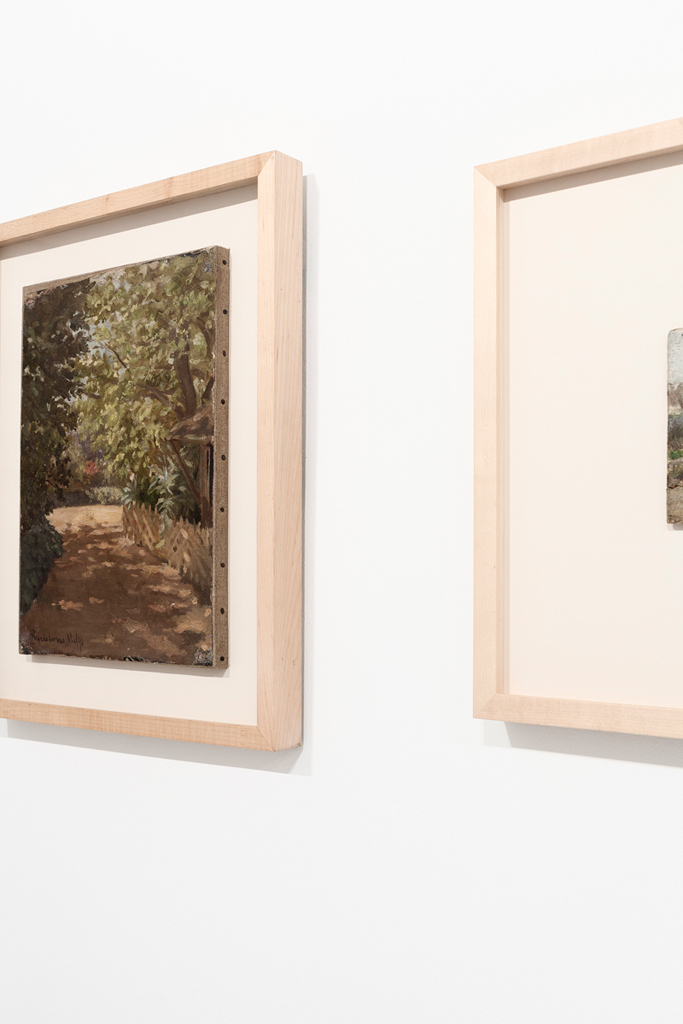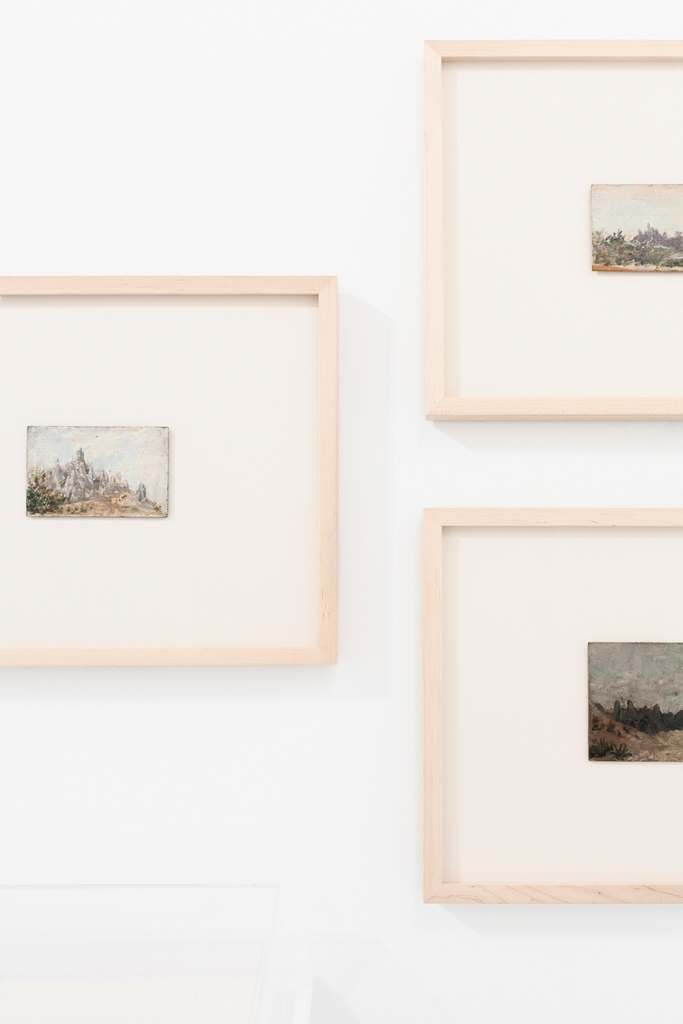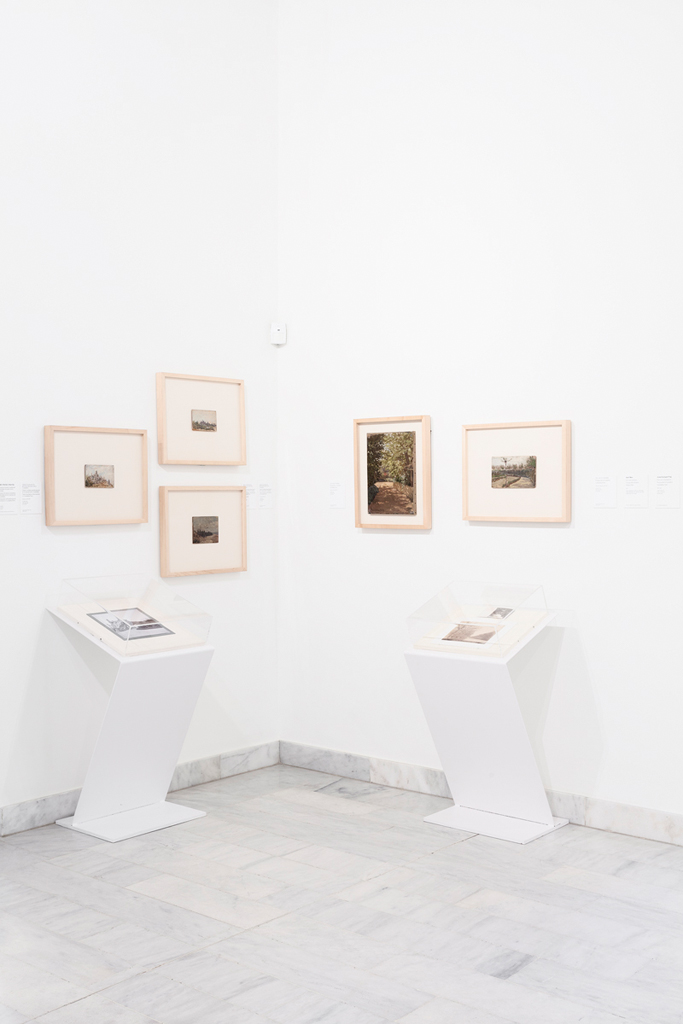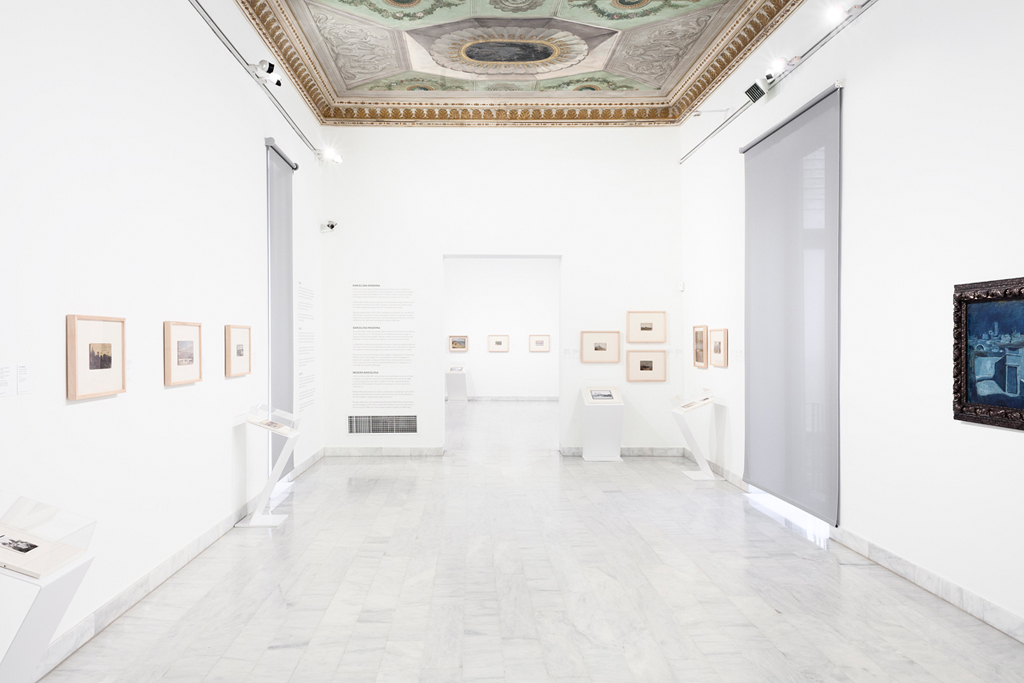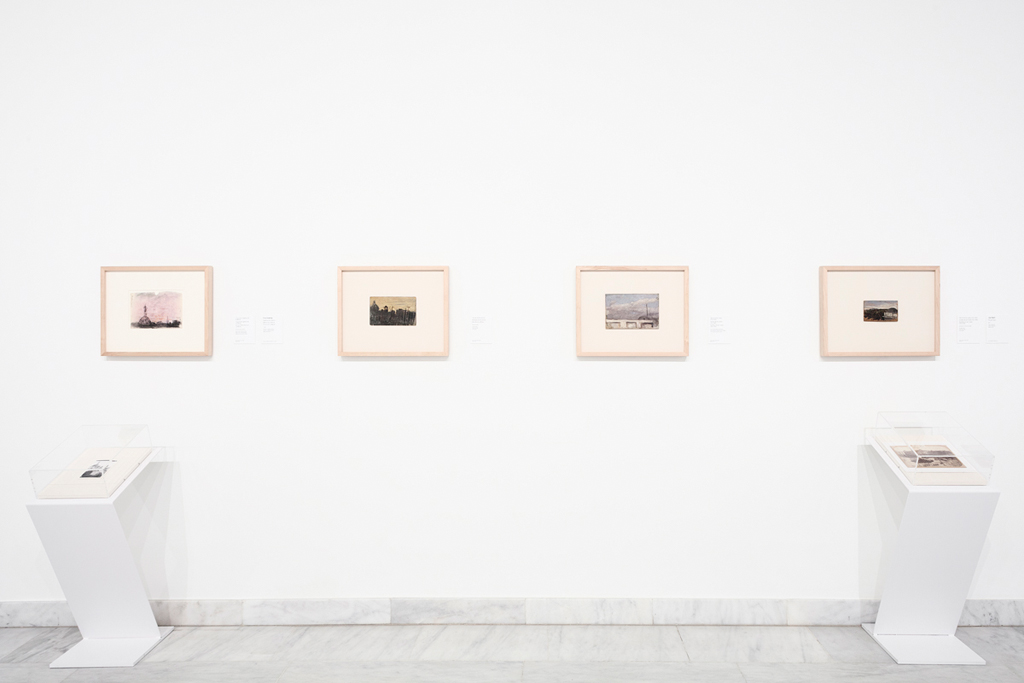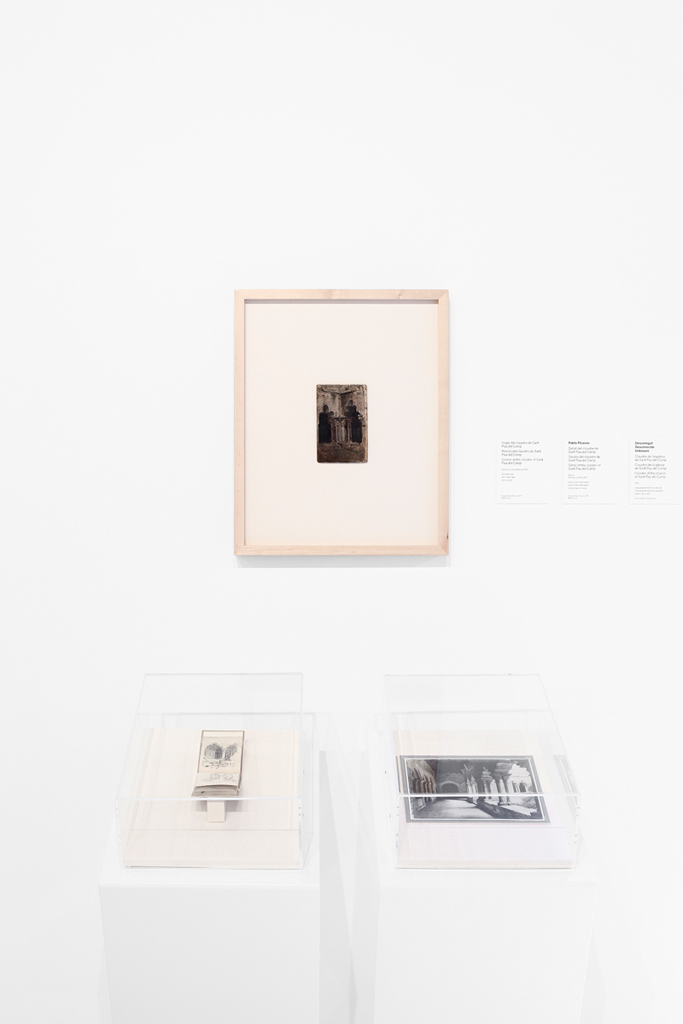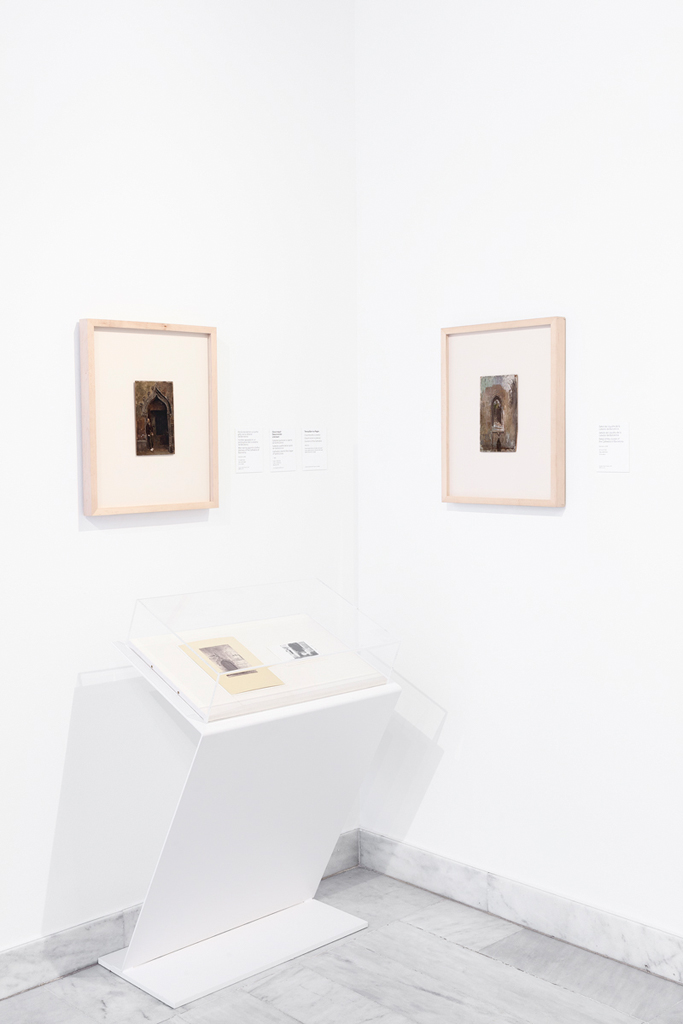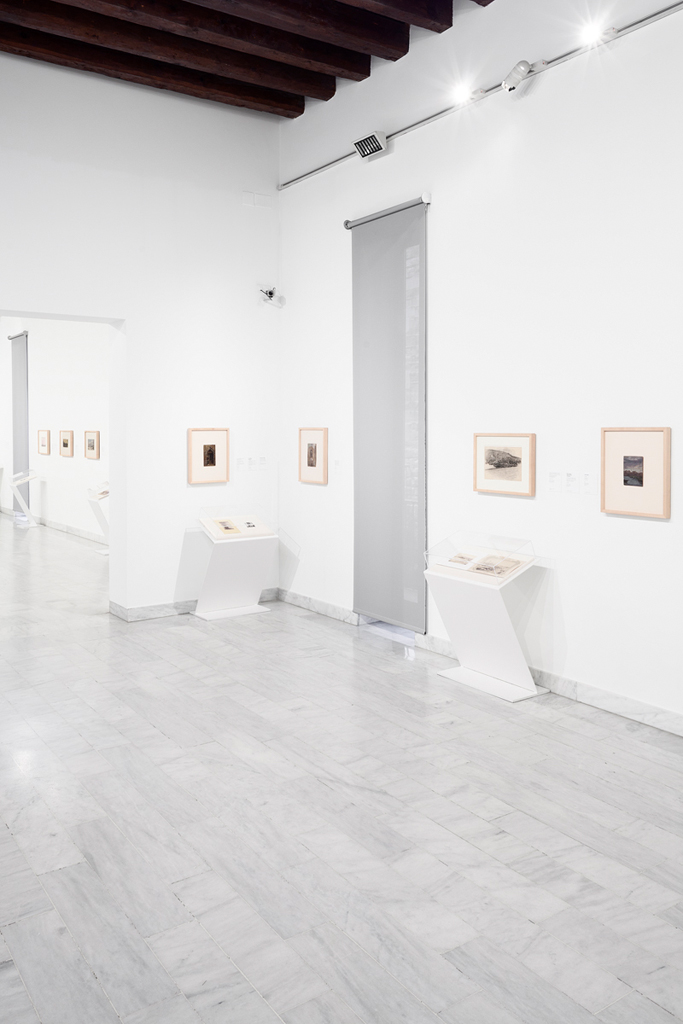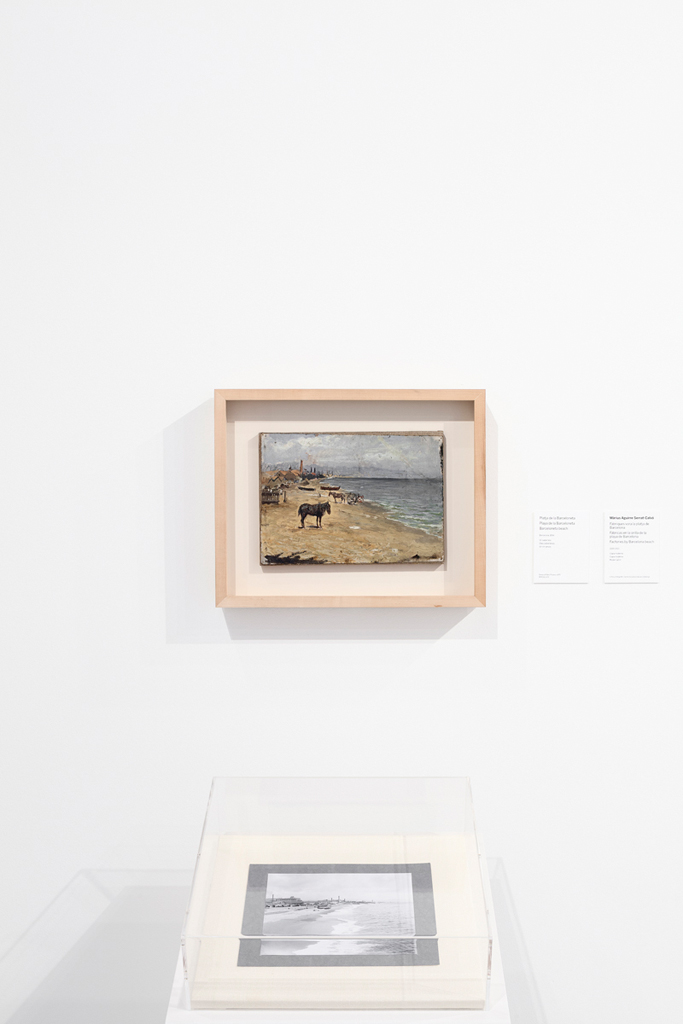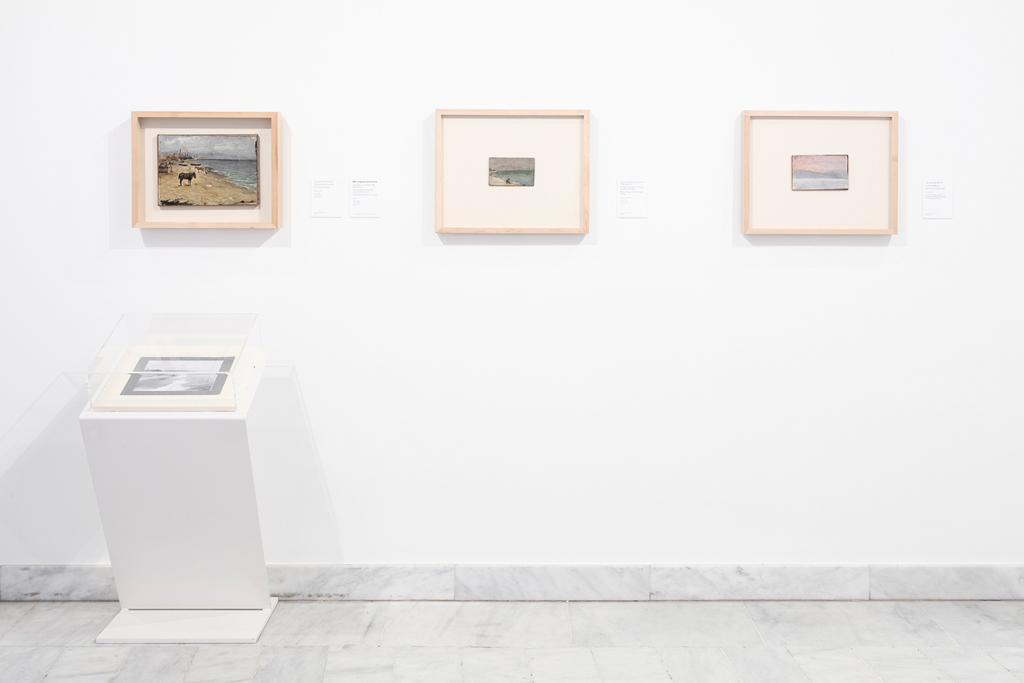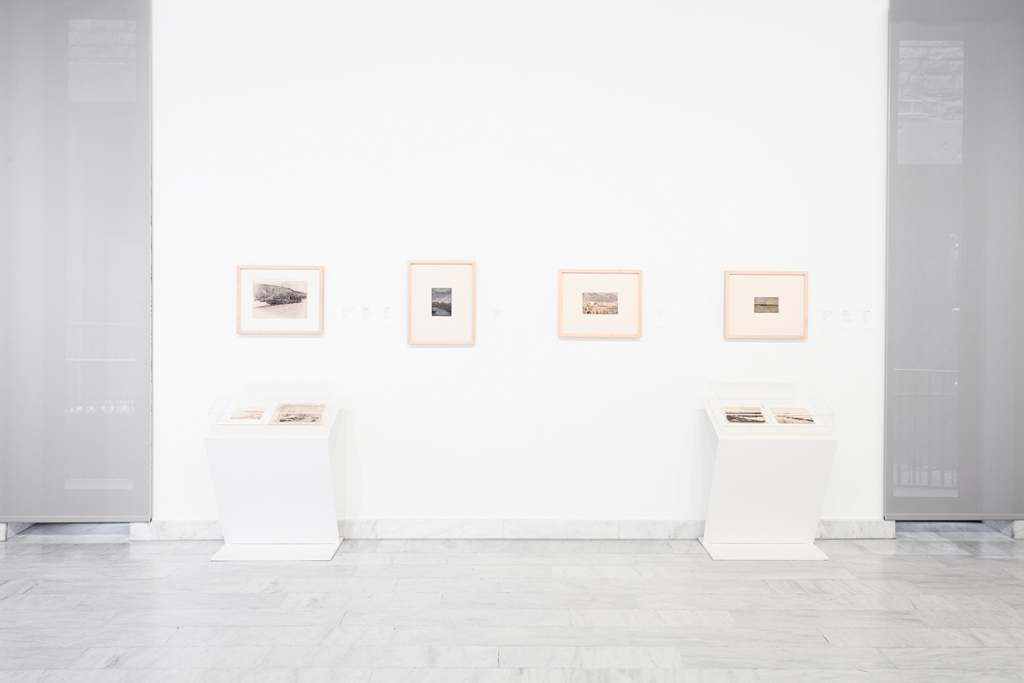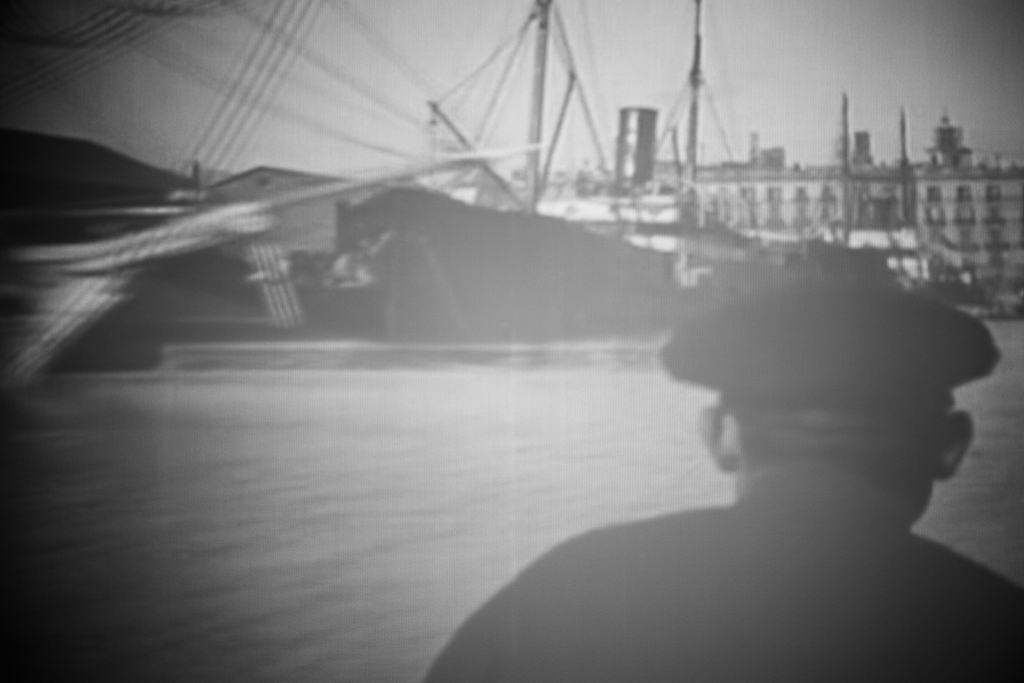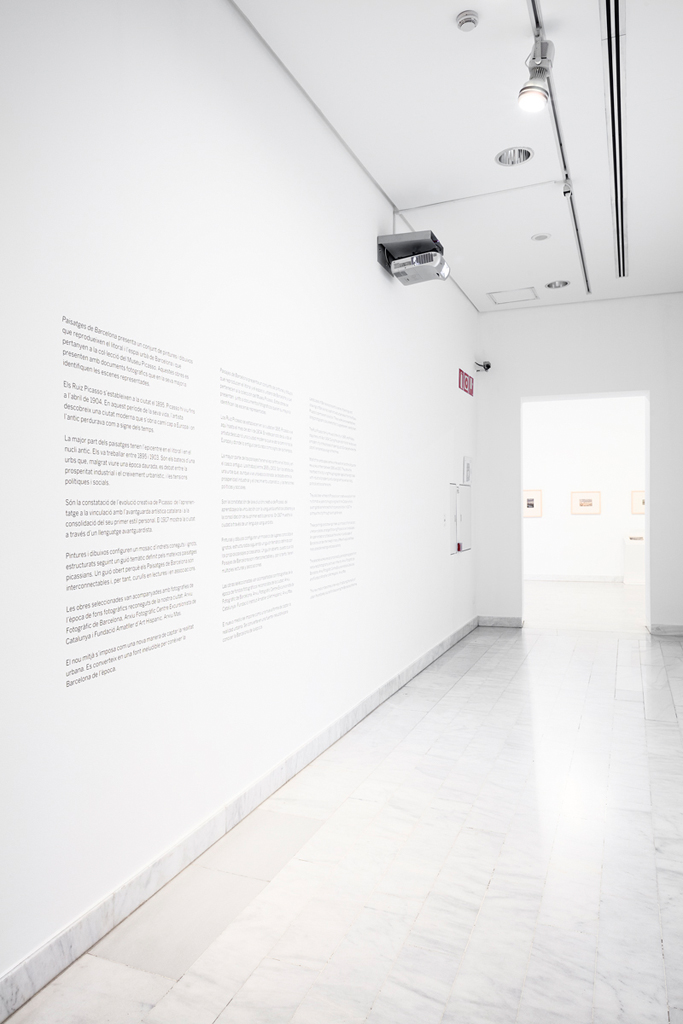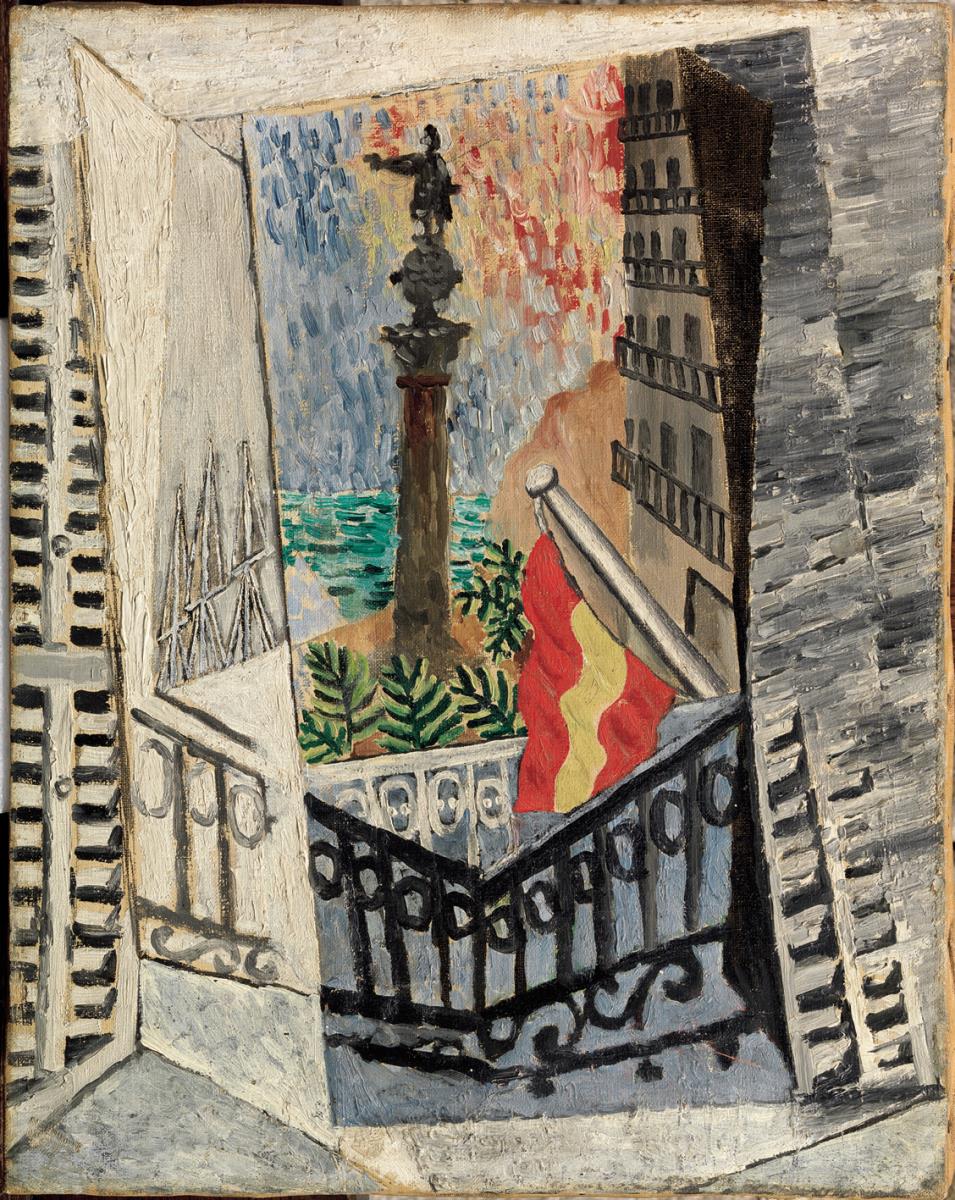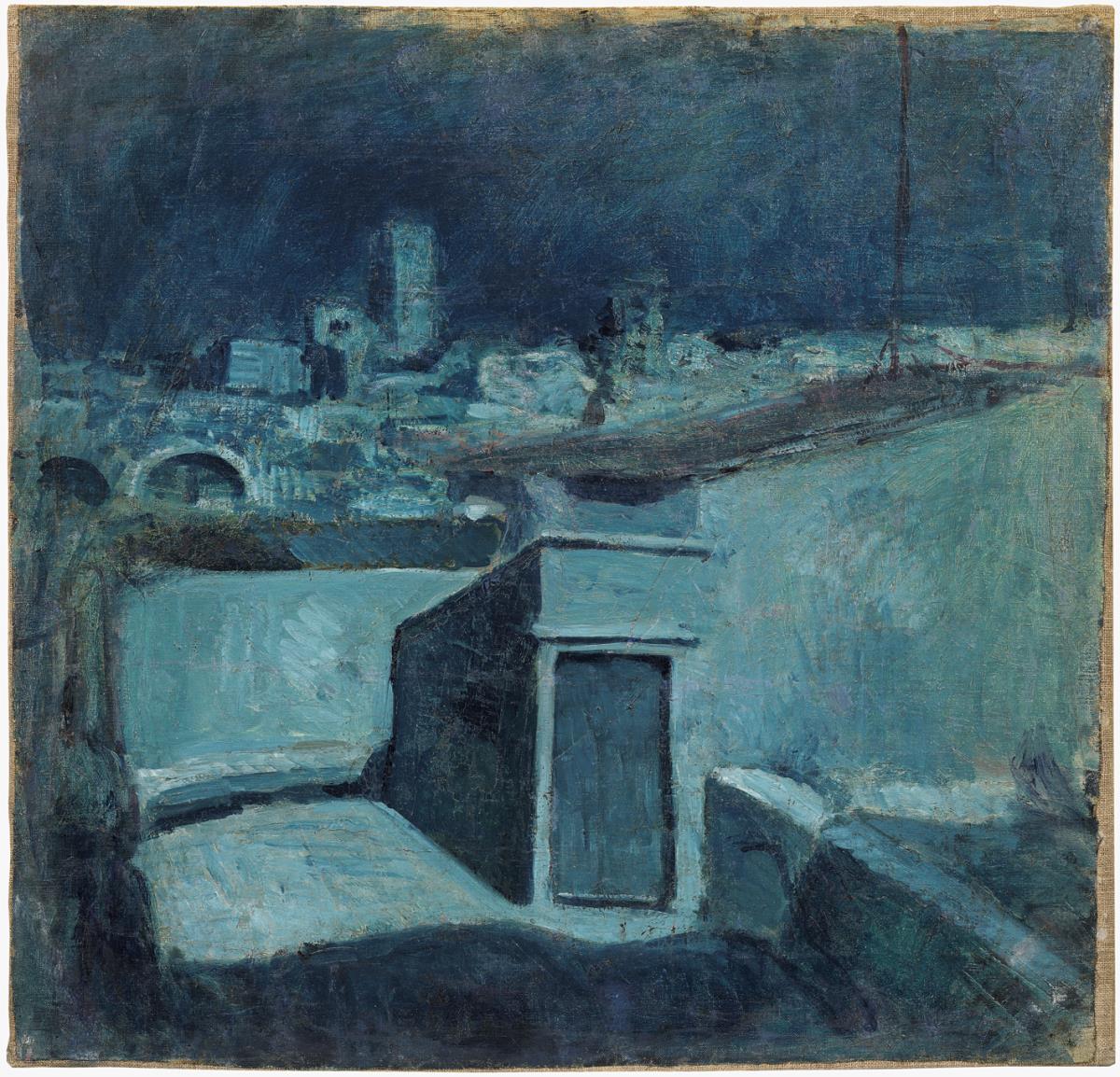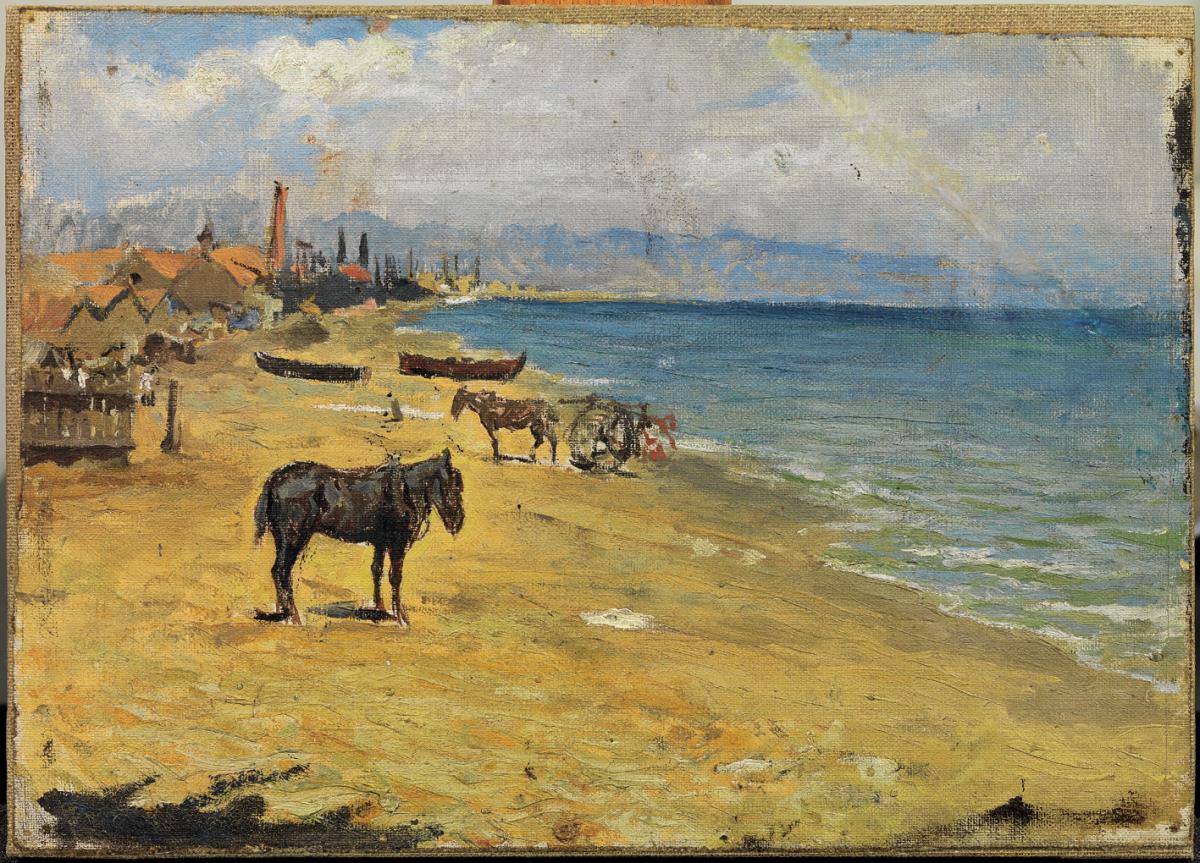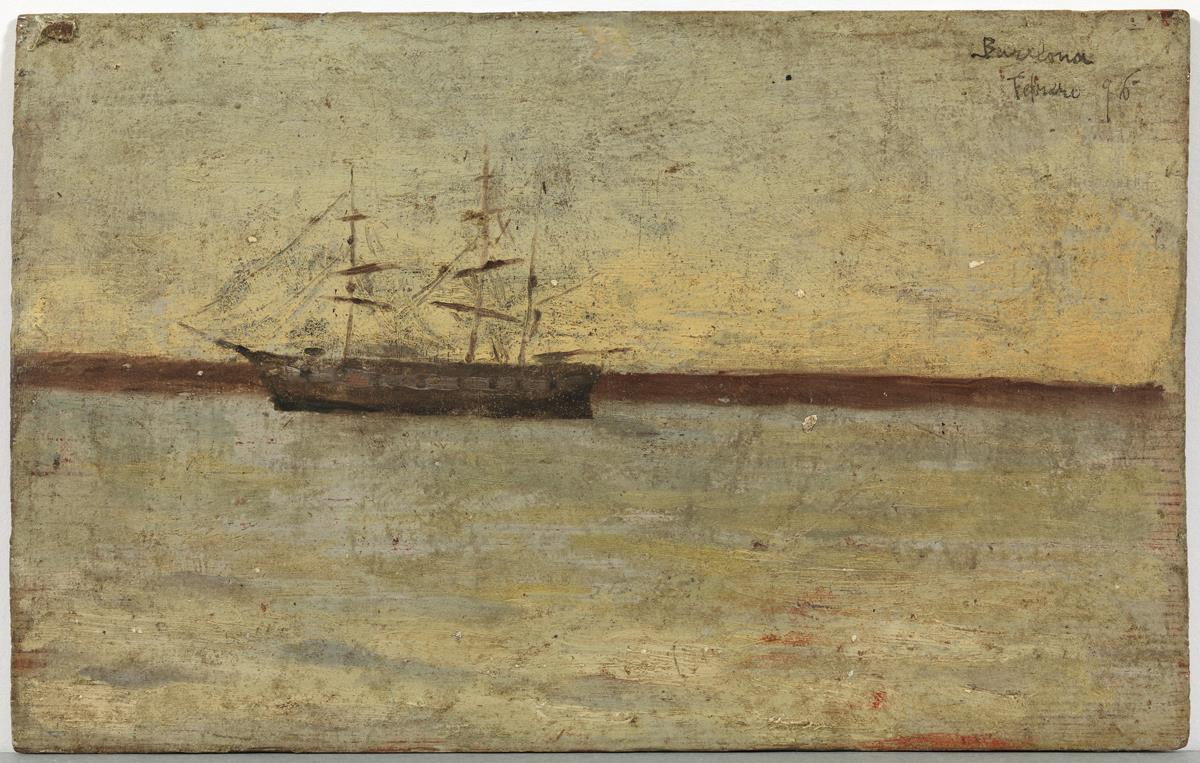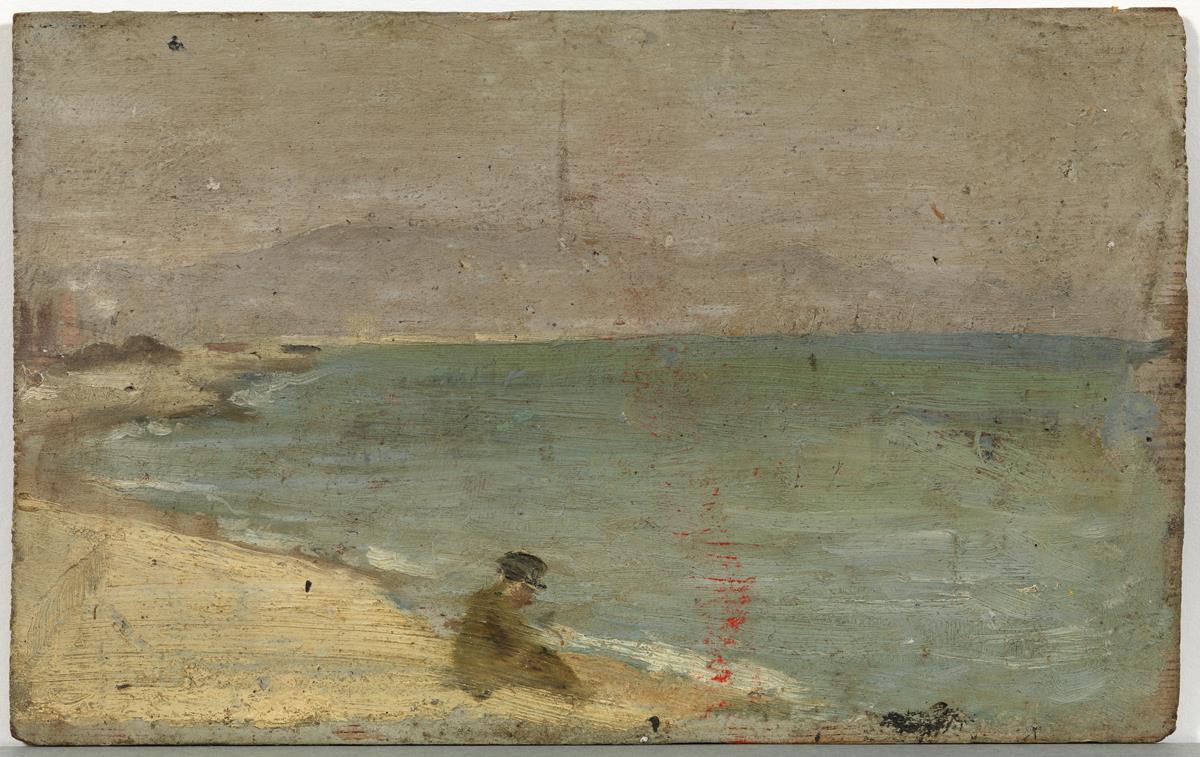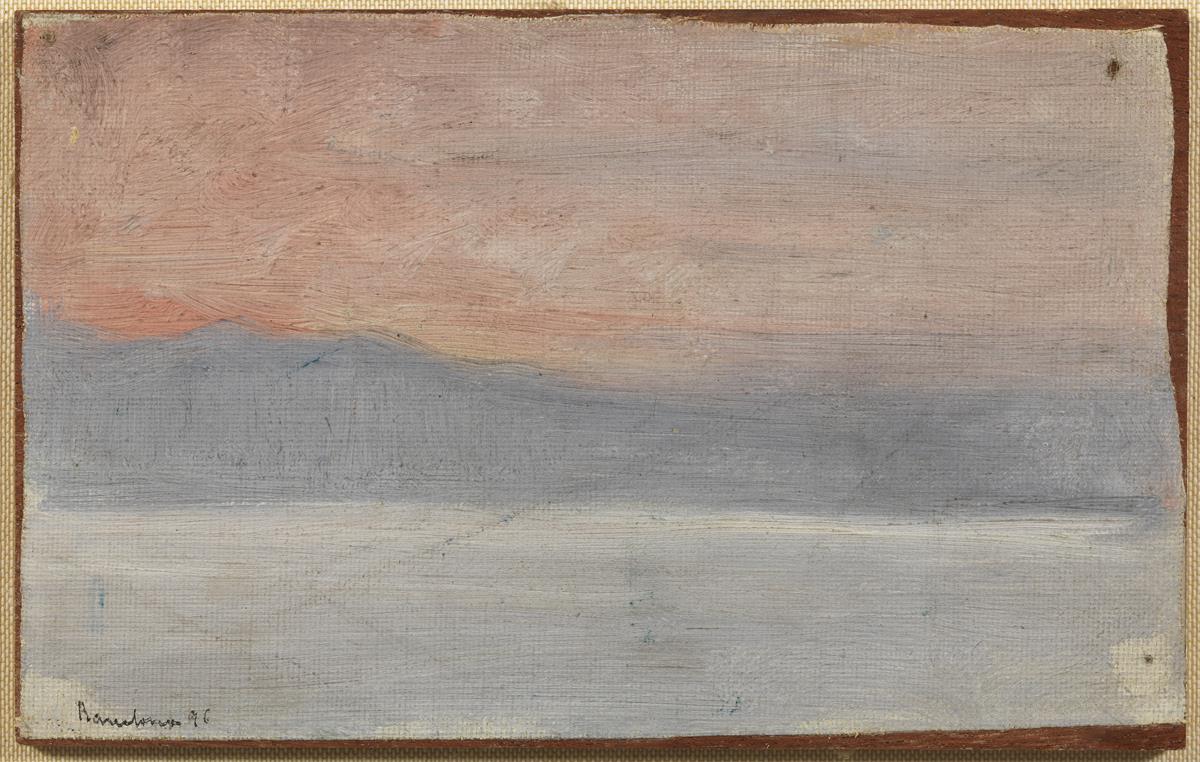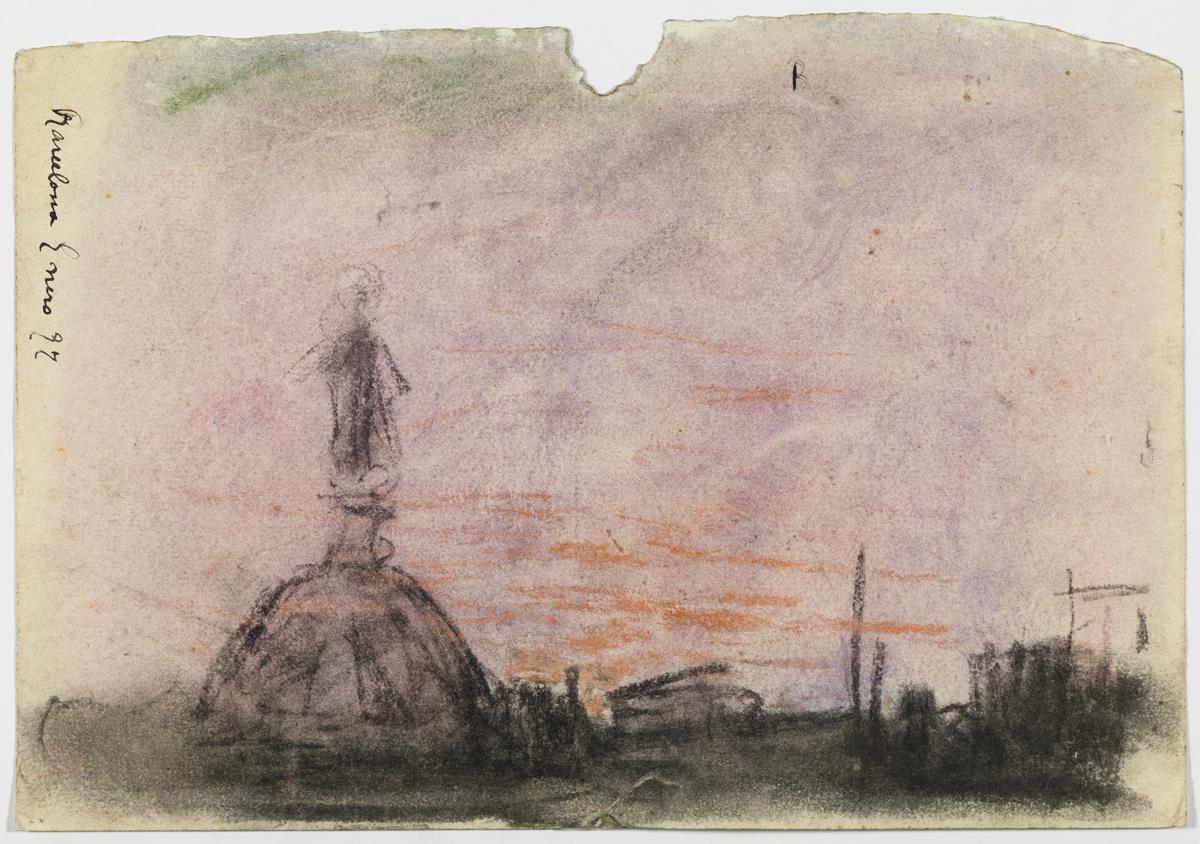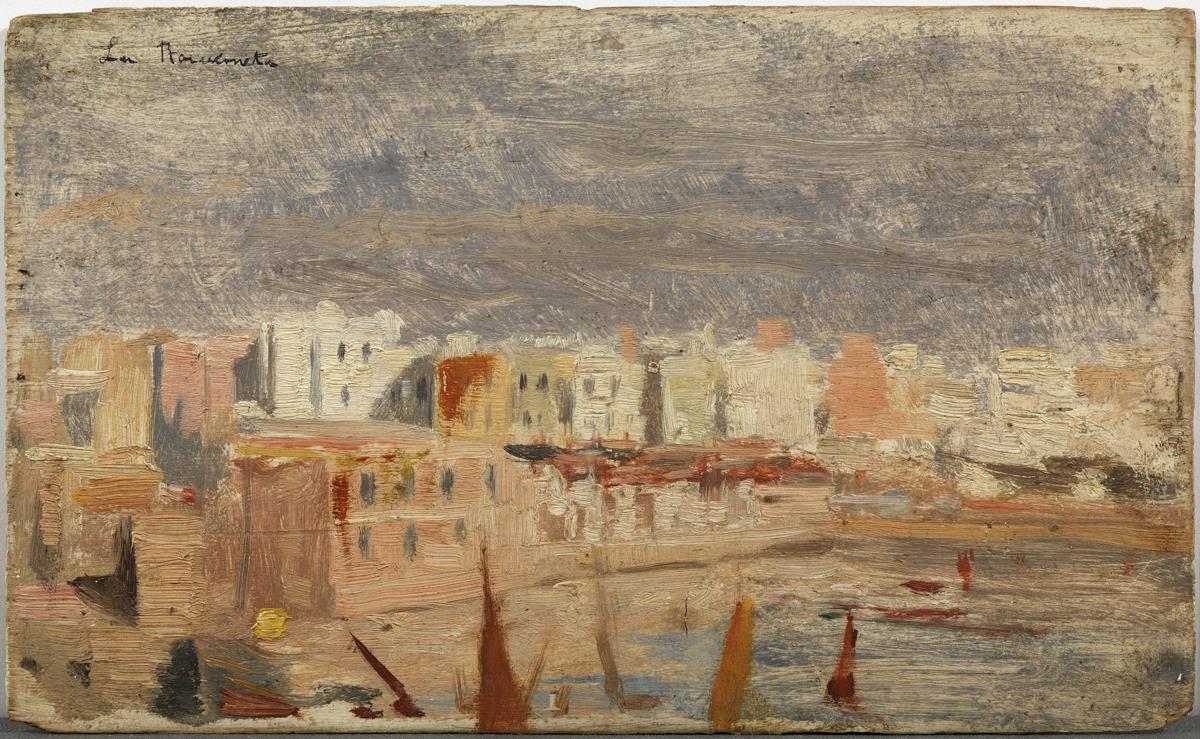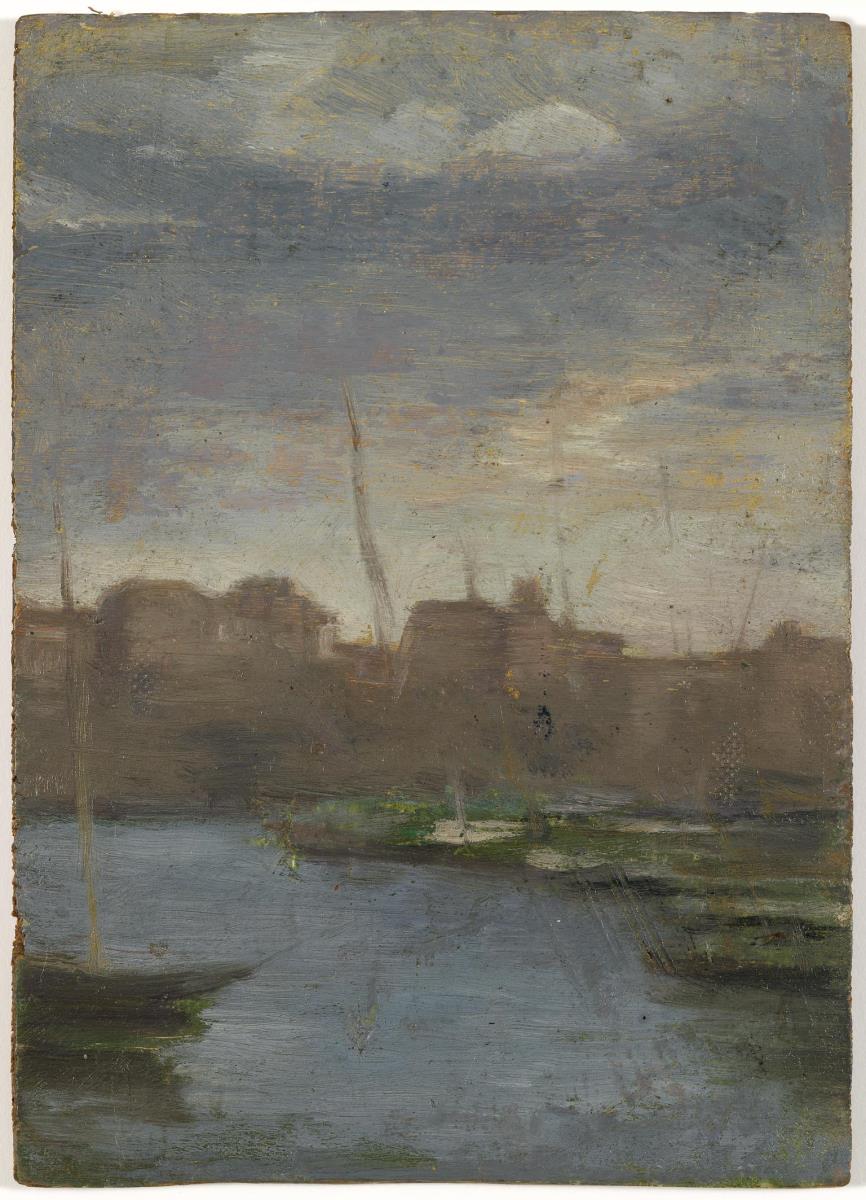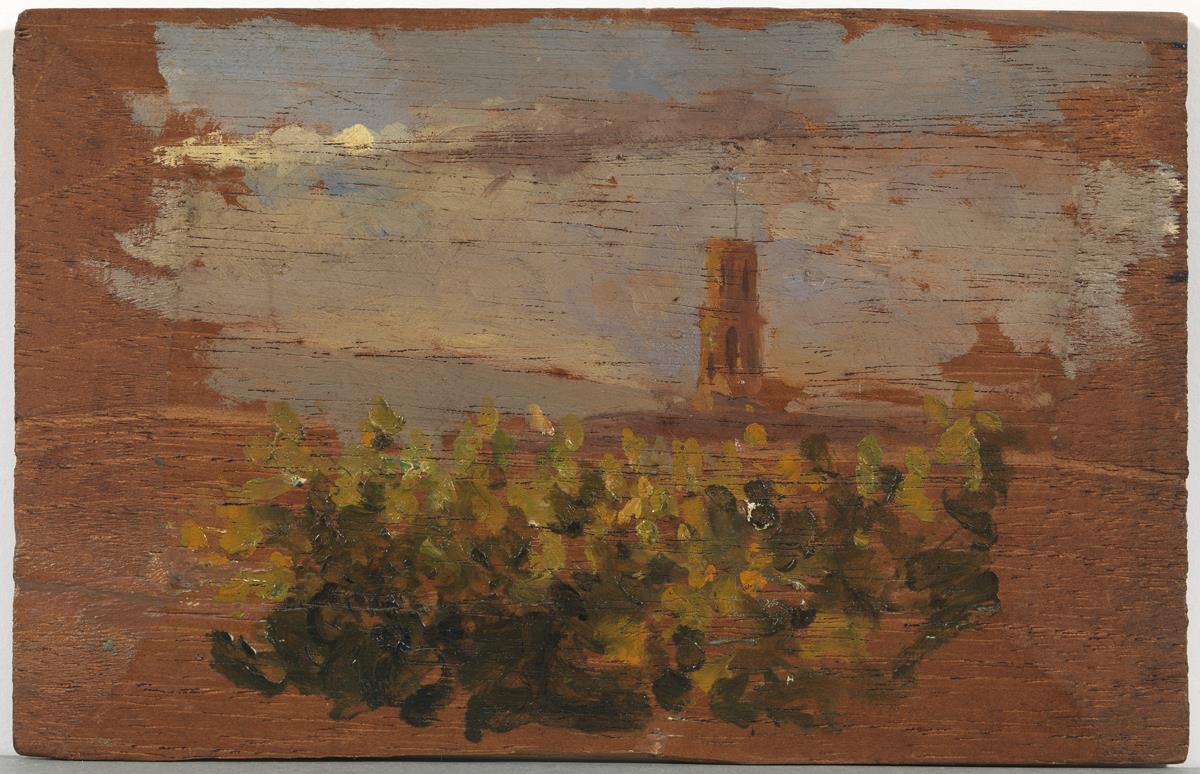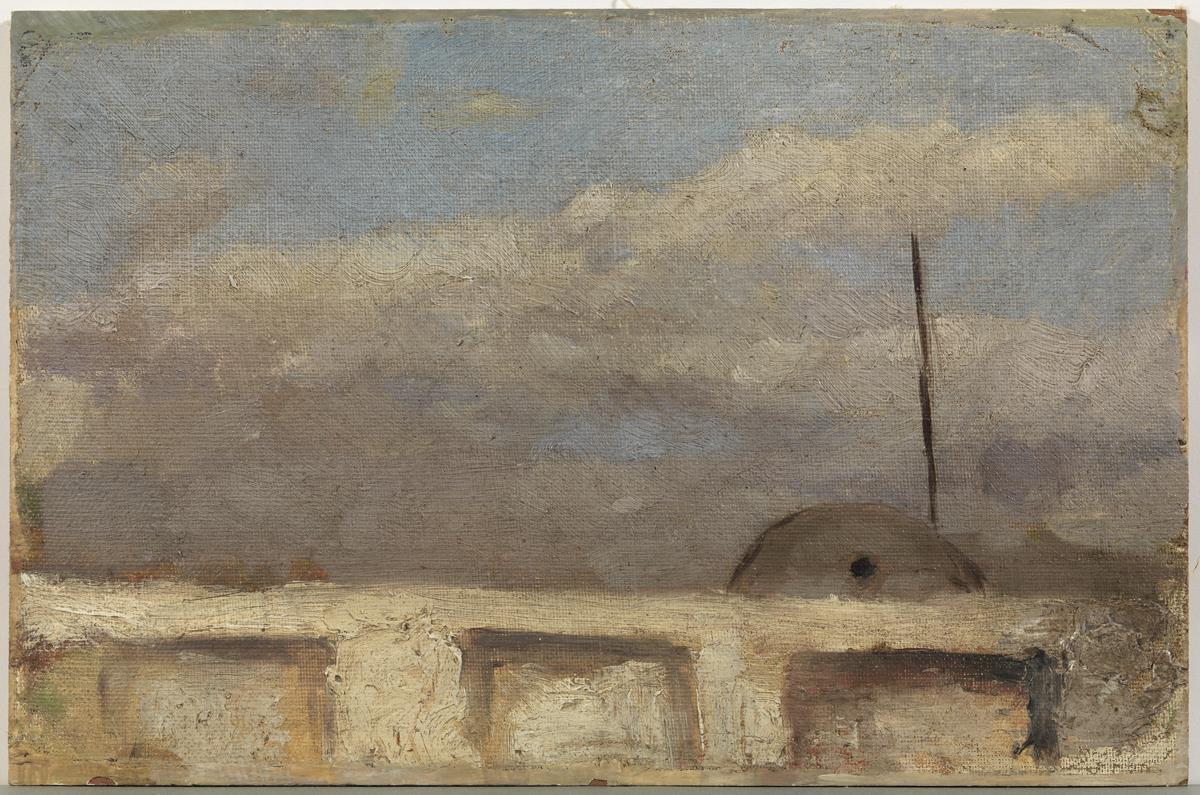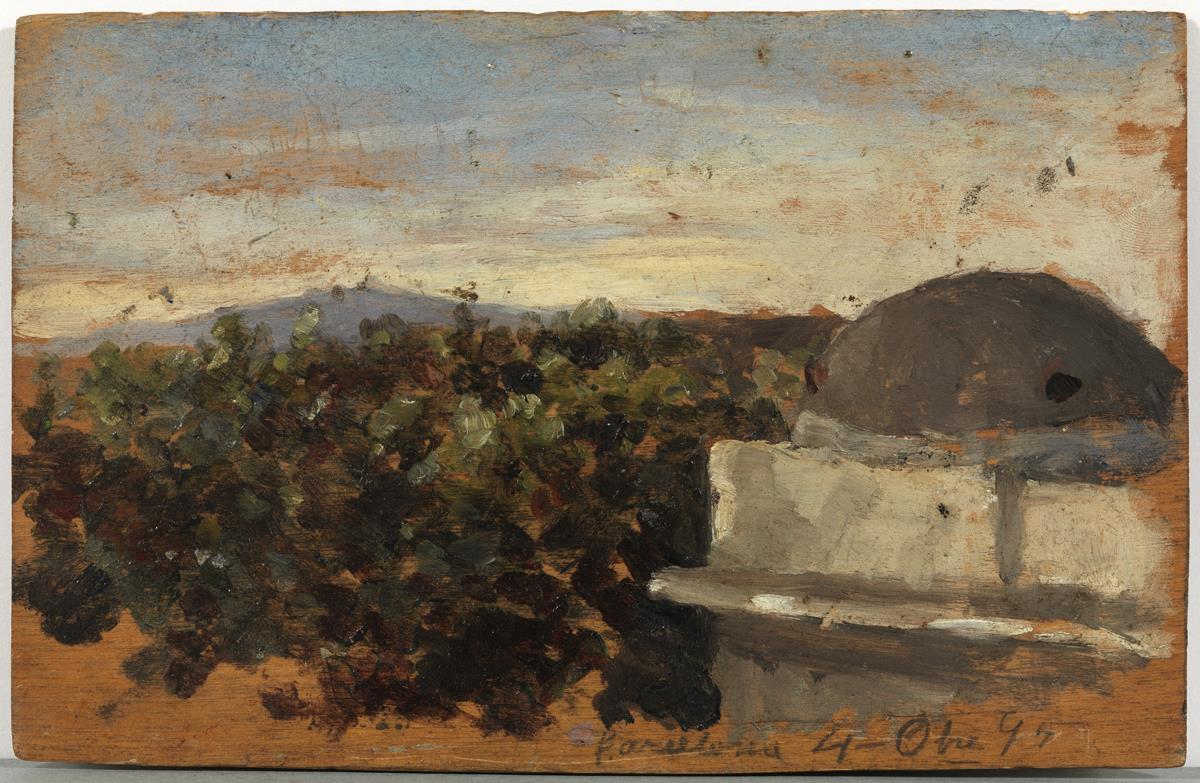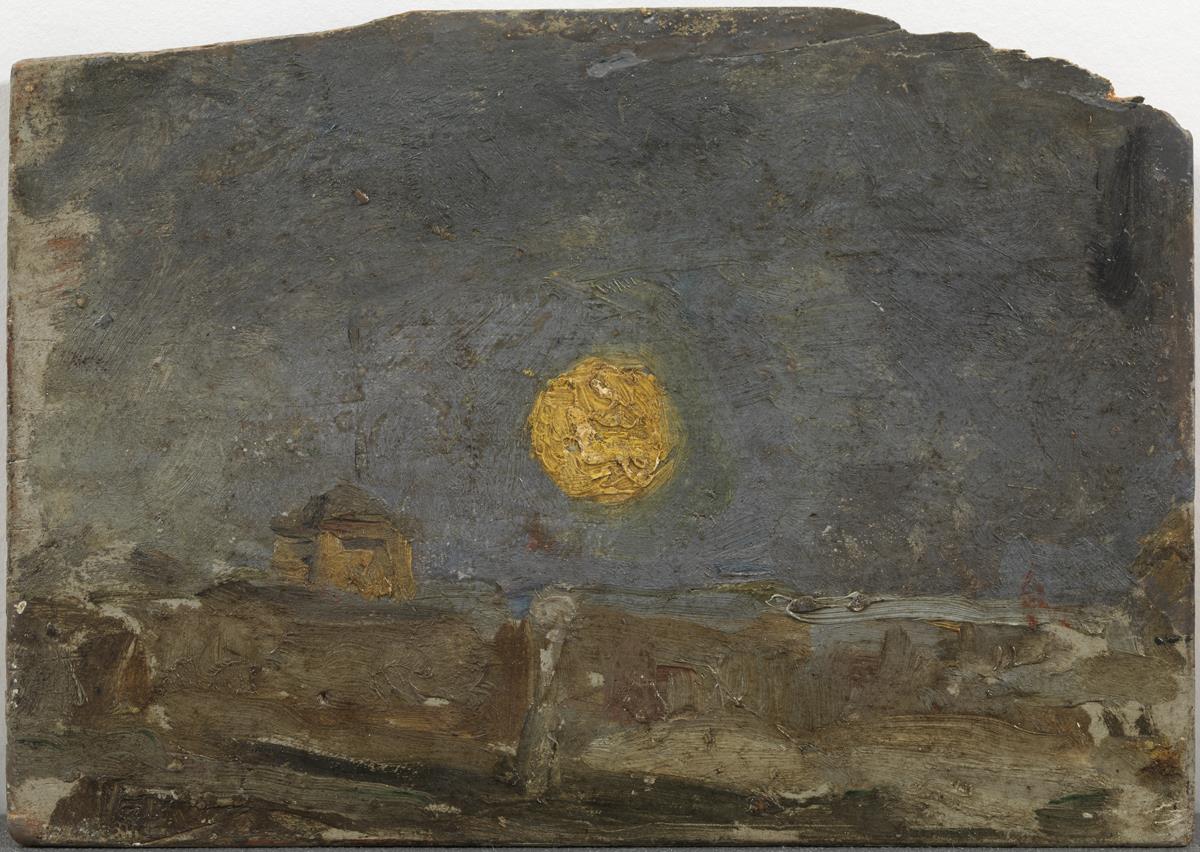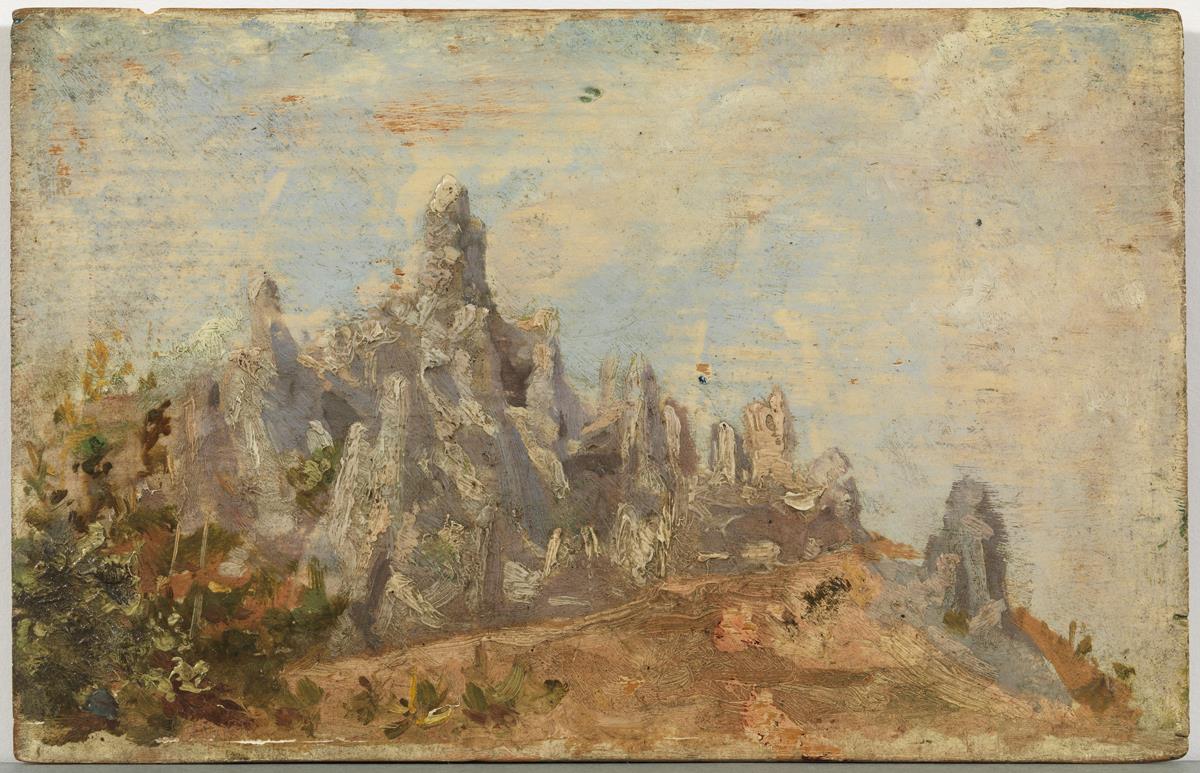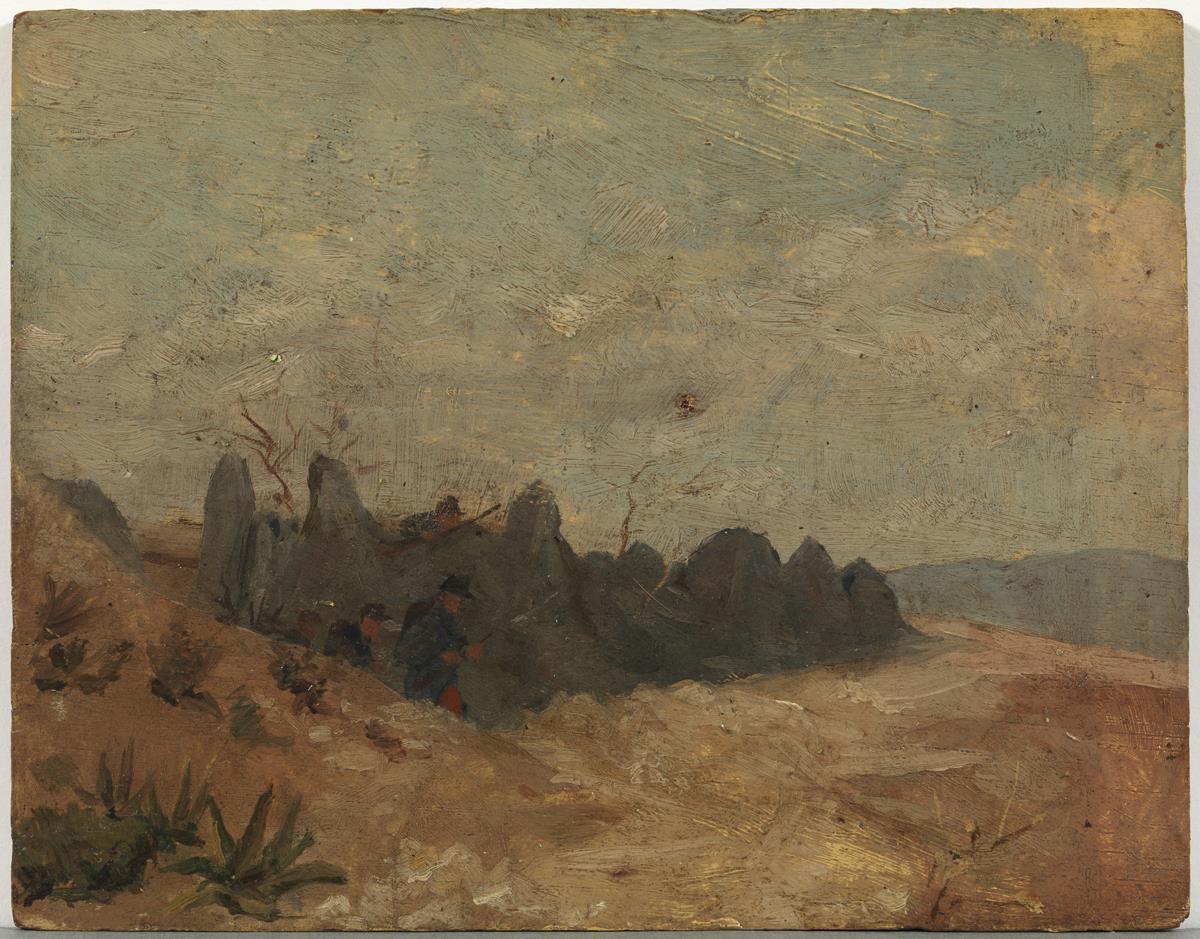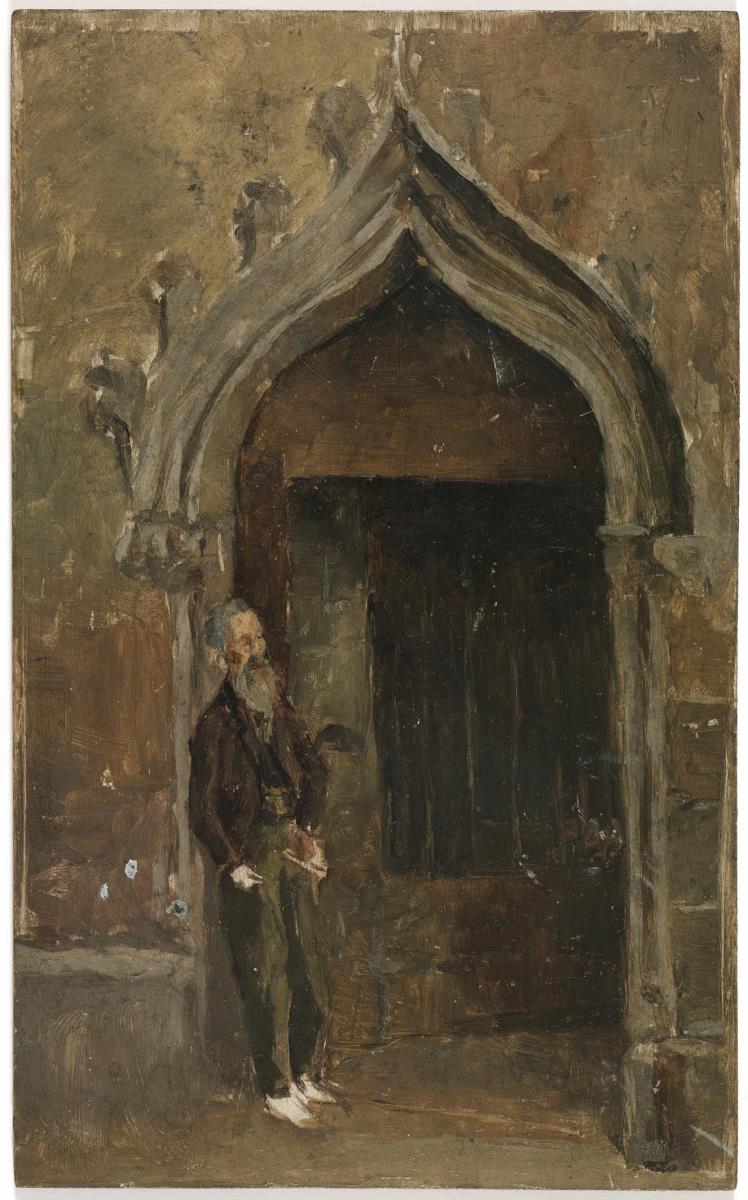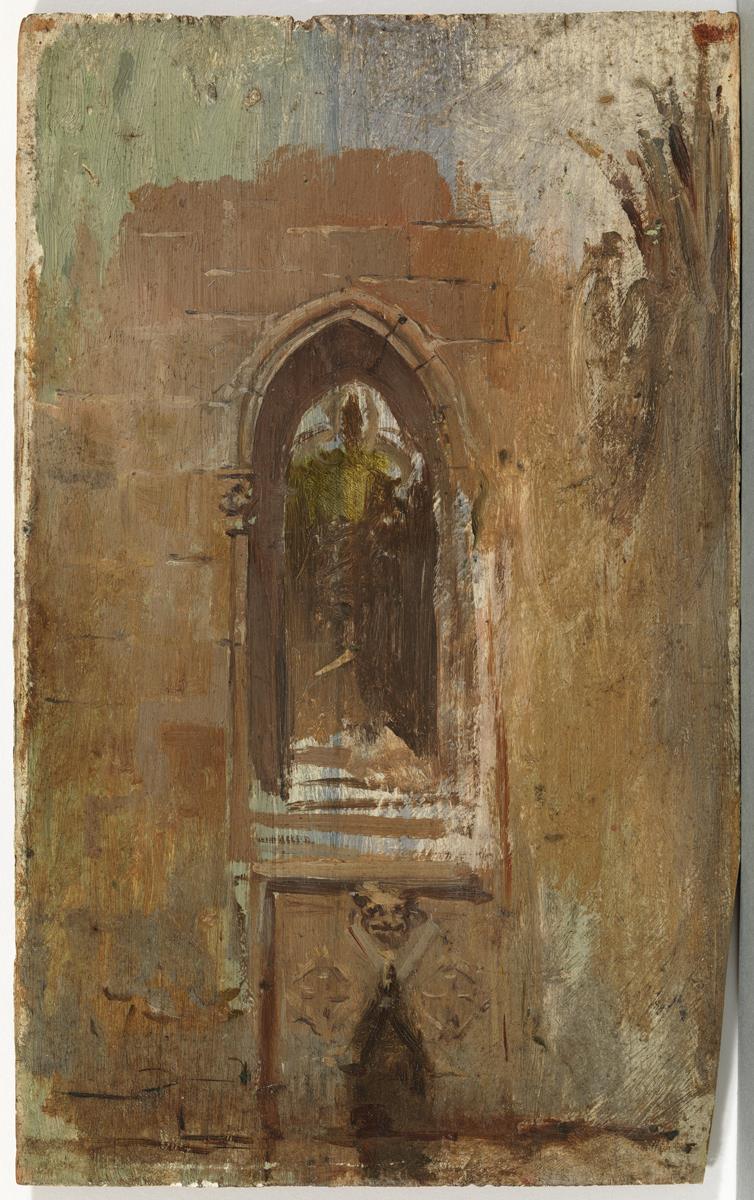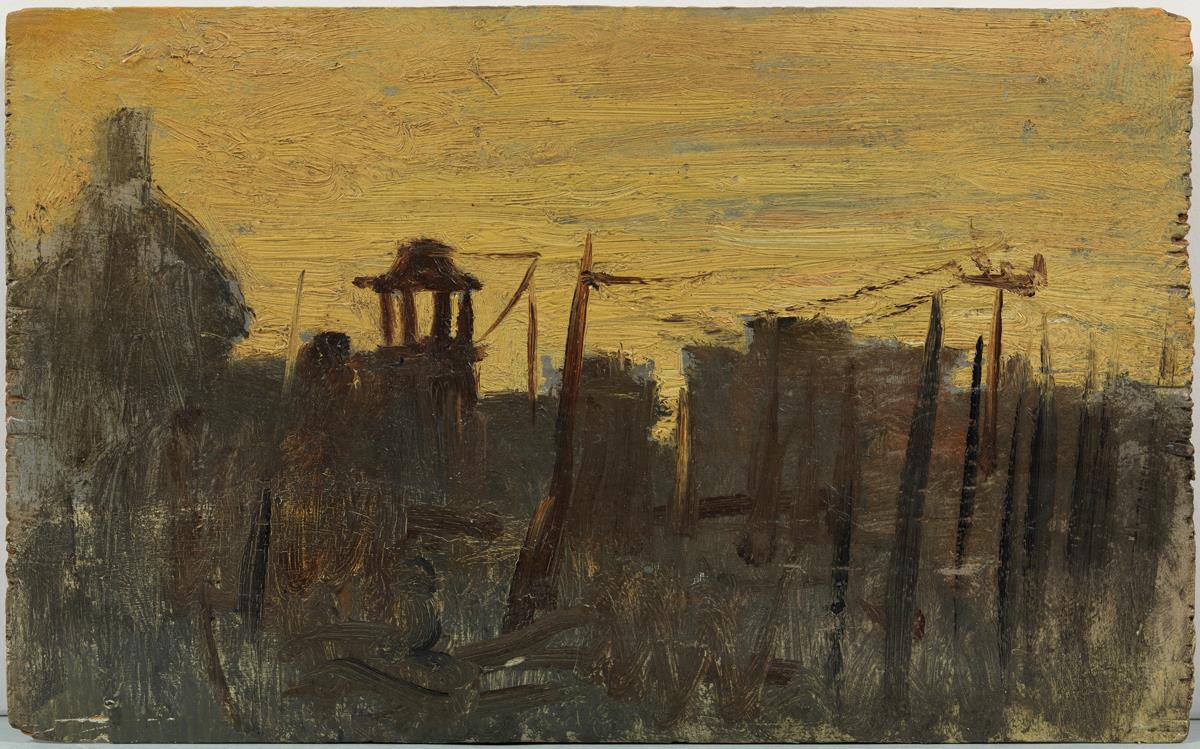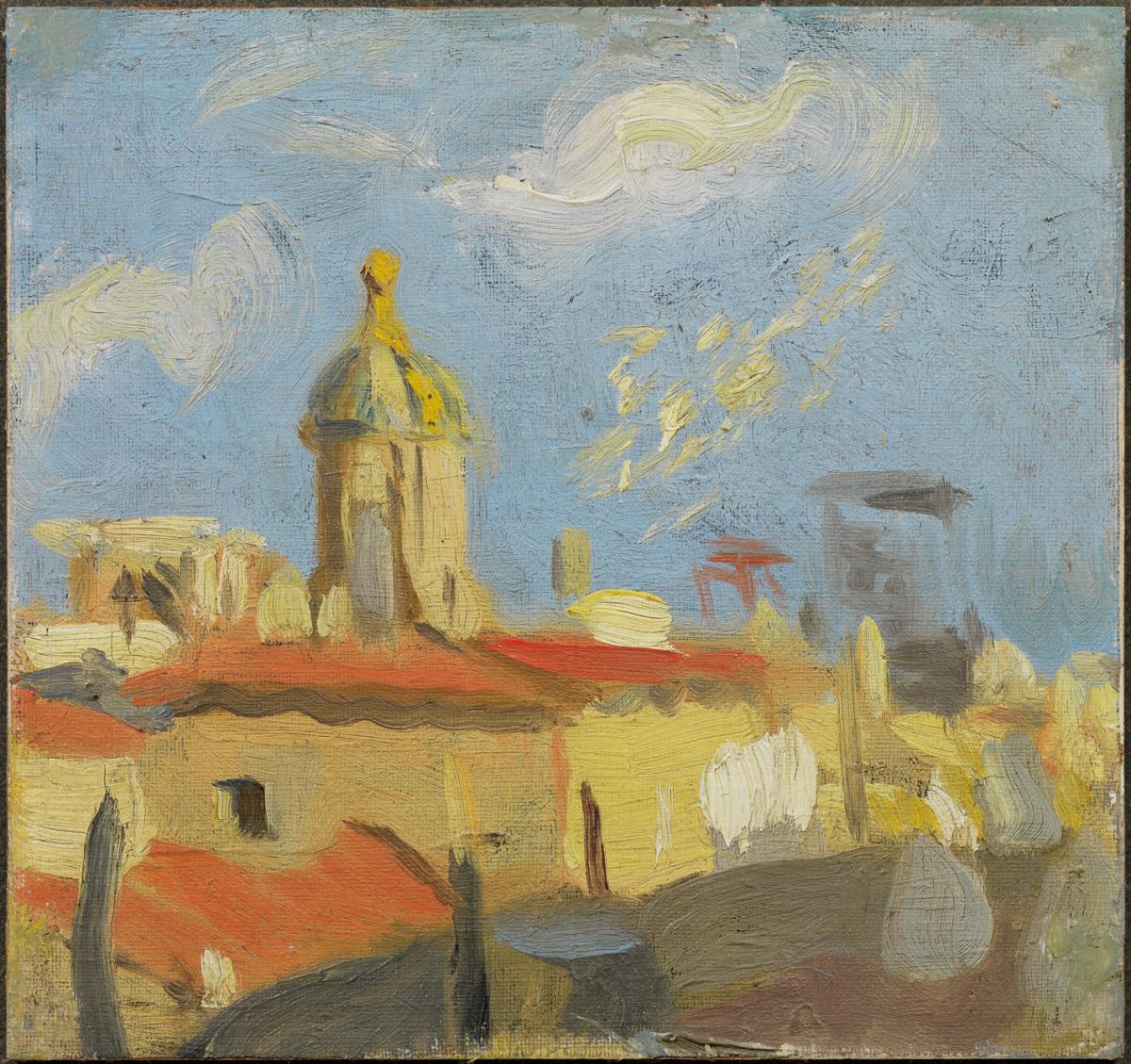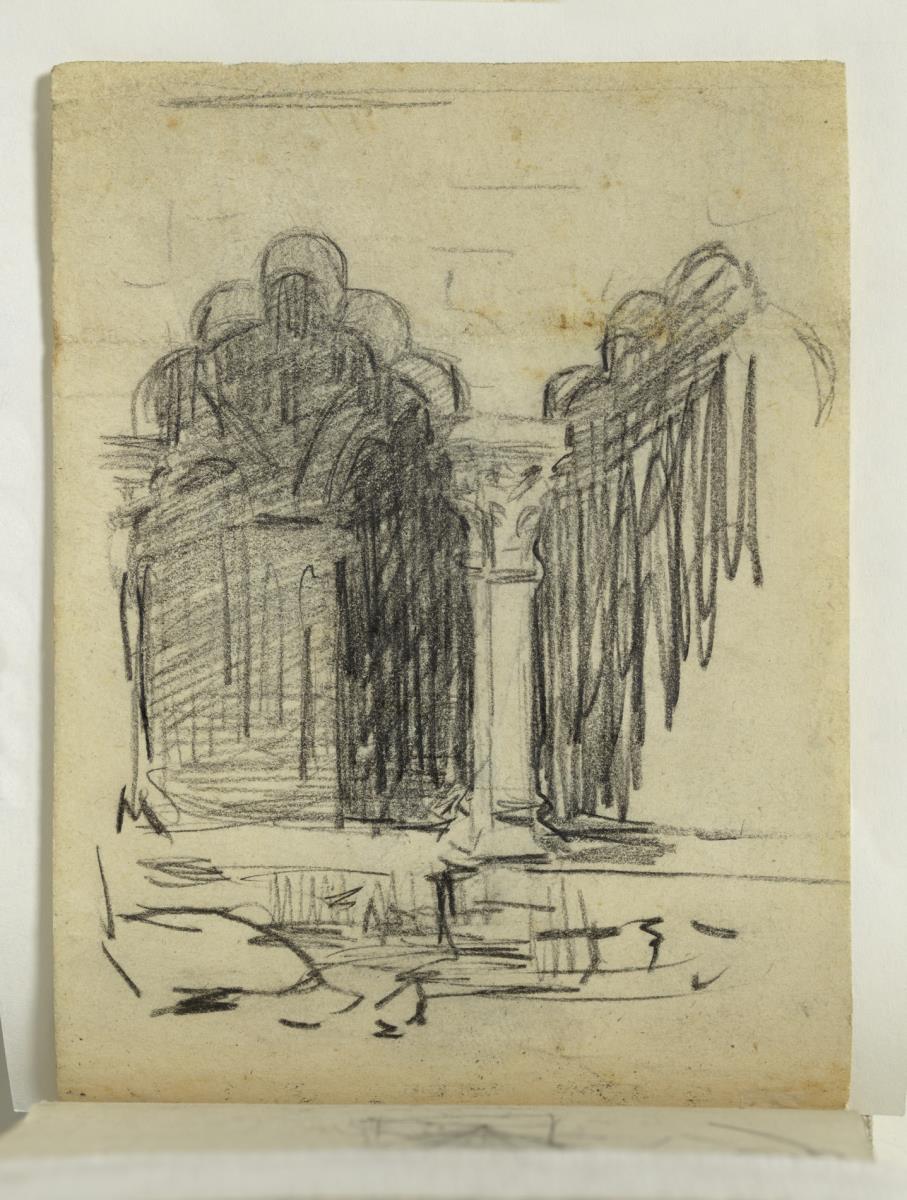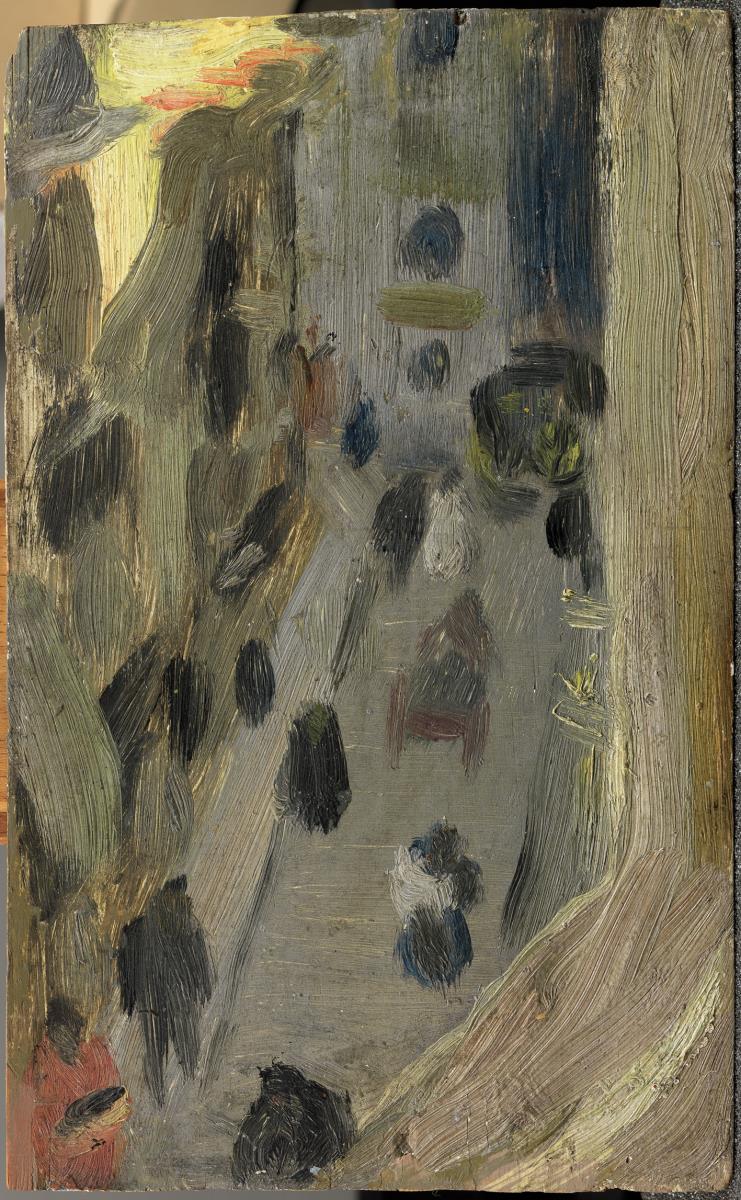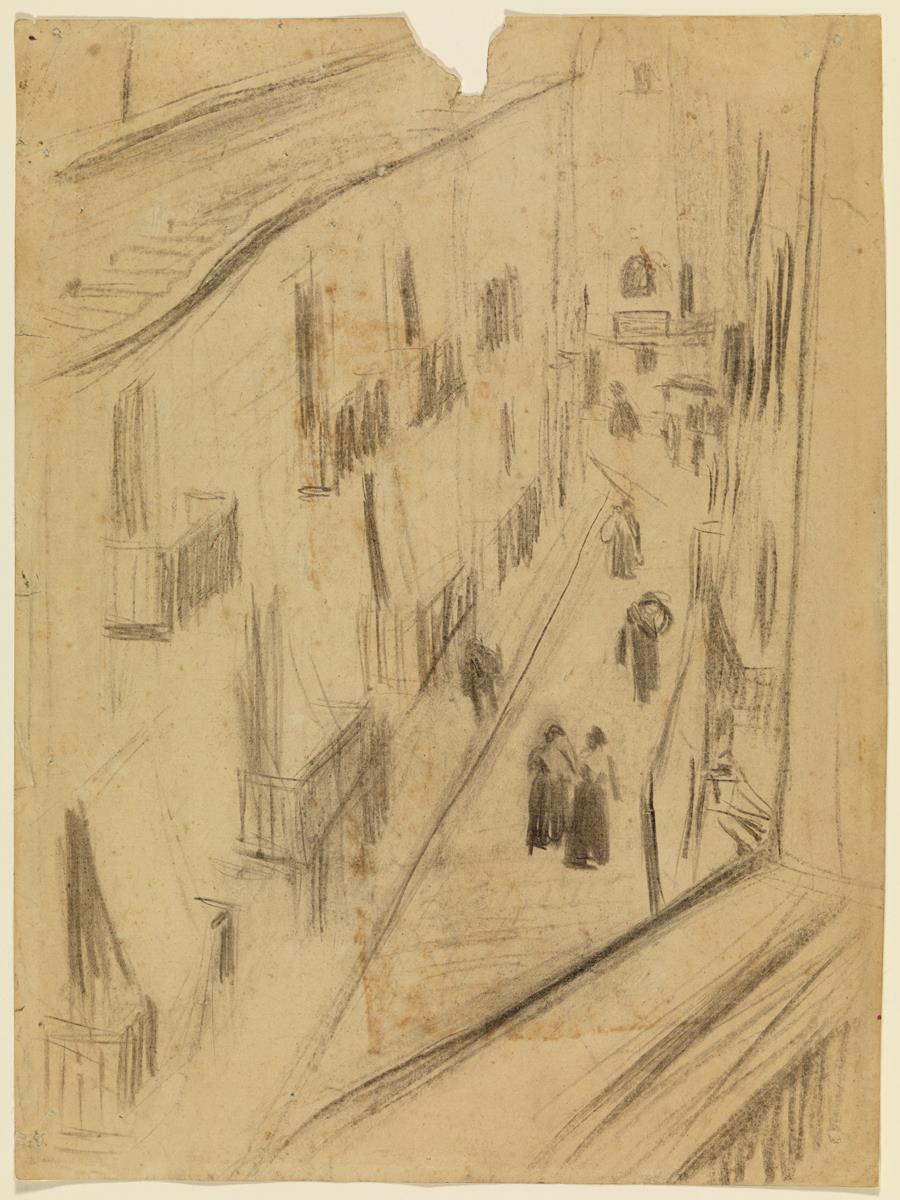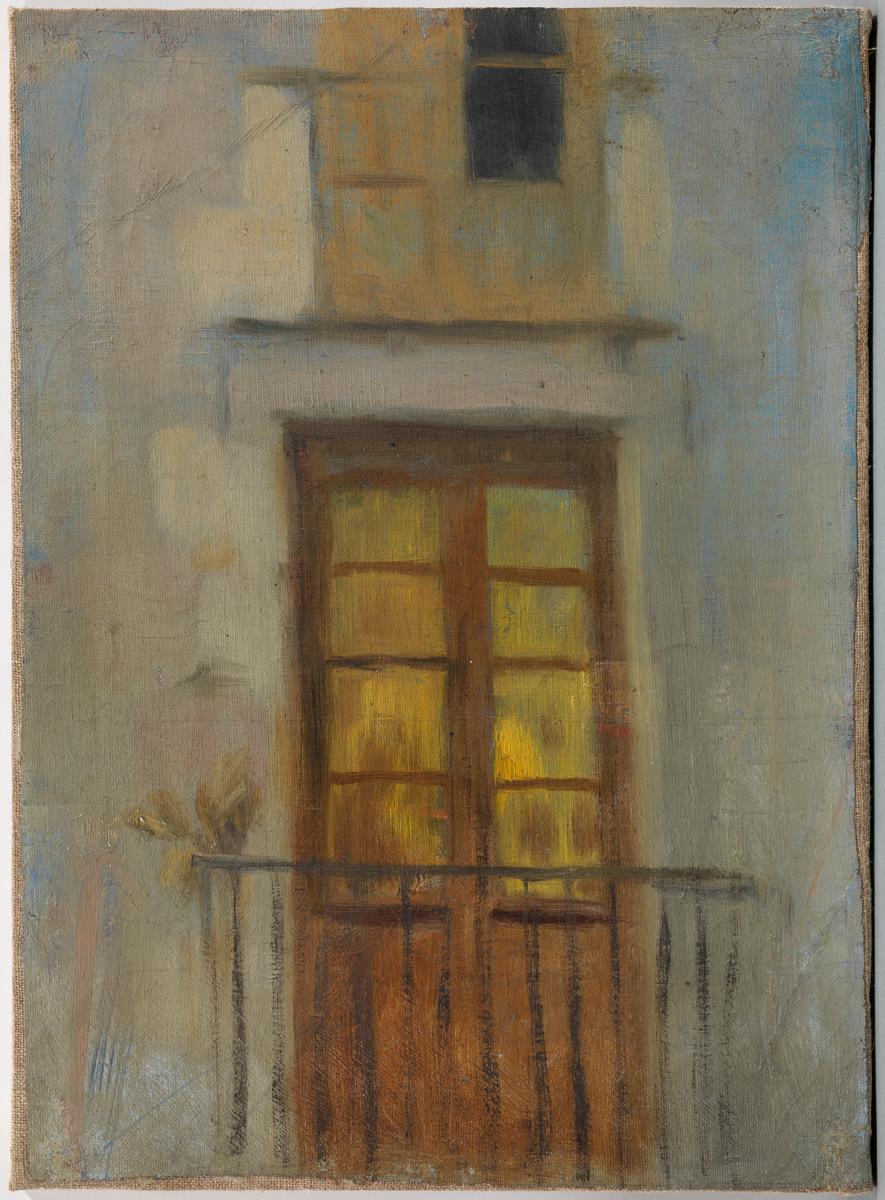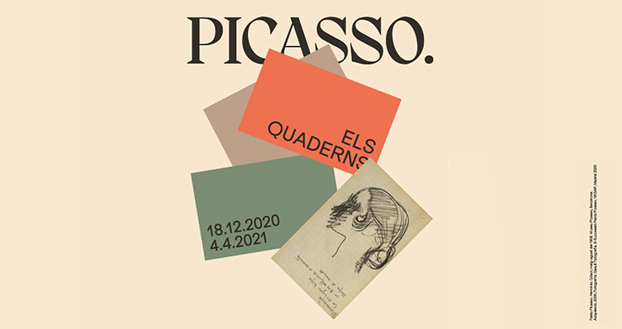
Landscapes of Barcelona
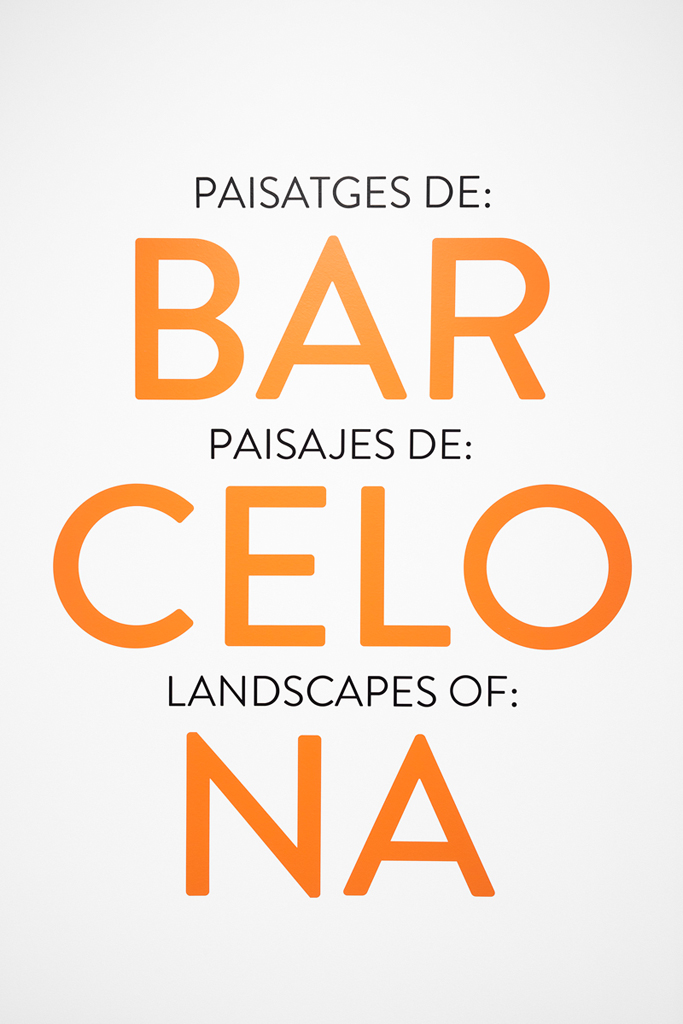
This small-scale exhibition presents a group of paintings and drawings from the Museu Picasso's permanent collection that reproduce the city and coastal region of Barcelona.
Picasso painted most of his landscapes between the years 1895 and 1903. During this period of his life he discovered a modern city that was looking to Europe, a city in which tradition withstood the test of time. These landscapes also establish Picasso's creative development: from his early apprenticeship to his connections with the Catalan artistic avant-garde, and the consolidation of his first distinctive style.
Seafront
When they arrived in Barcelona, the Ruiz Picasso family set up home by the port. The sea appears naturally in Picasso’s drawings and paintings from around 1895 to 1899. In his painterly itinerary, Picasso followed the coastline from Montjuïc mountain, past the port, the Barceloneta neighbourhood seafront to the breakwater, and then on to Barceloneta beach with the factories of Poblenou in the background up to the Marina mountain range. These landscapes are free artistic exercises in which Picasso explored perspective, light, brushstrokes and shades of colour.
Historic Barcelona
Historic Barcelona lived alongside modern Barcelona. Picasso created landscapes full of emblematic places, monumental buildings with the religious architecture of the Old Town. Picasso’s gaze rested on the cloisters in two religious buildings: the Romanesque Sant Pau del Camp and the Gothic cathedral. In the former he focused on the striking multi-foiled arches. In the latter, he was interested in the door to the chapel of Santa Llúcia in Flamboyant Gothic style – which flourished in northern European countries in the 15th century – and the Gothic buttress around the goose pond.
Modern Barcelona
In the last third of the 19th century, Barcelona underwent a series of major changes, including the construction of Ciutadella Park, where the 1888 Universal Exposition was held. In addition, the city expanded along the gridlines of the Eixample, the seafront developed and the city centre was spruced up. Modern Barcelona leaved its mark in urban areas on buildings such as the Xifré House, the first modern block of flats in Barcelona. Close to where Picasso lived, this building had the first modern rooftop water tanks in the city. Picasso often went to Ciutadella Park, recently built, where there were still vestiges of the follies created for the Expo, such as the diorama of the mountains of Montserrat which the artist painted.
Rooftops
Like other Catalan artists, Picasso portrayed a particular view of Barcelona: from the rooftops. Picasso created rooftop cityscapes from the nearby environment. These views of an elevated Barcelona sometimes become distinguishing skylines of the city. The rich construction stands in stark contrast to the absence of any human figures – particularly striking given that since the end of the 18th century the city rooftops had offered its dwellers a new space for different uses. The artist made use of perspective and the interplay of light and shade often creates by evocative full moons. The result is an amalgam of geometric shapes.
From the window
Between 1899 and 1900, Picasso reproduced the cityscape he saw from his studio. The window or its equivalent – a balcony, a door – links two spaces: outside and inside. He used these to create basically one-point, descending perspectives and to shape forms and rhythms. This resource dates from the 15th century, when several theories lead to the invention of a new system of representation that made it possible to transcribe an object onto a plane of projection using a linear perspective. In 1908 Picasso and Braque shook the foundations of these centuries-old ideas with the advent of Cubism. The Barcelona from Picasso’s window is mostly a city seen from a classical perspective, but for his last Barcelona landscape: Columbus Avenue, 1917. This landscape, donated to the city by the artist in 1970, becomes an avant-garde look at the city that had opened its doors to modernity.

